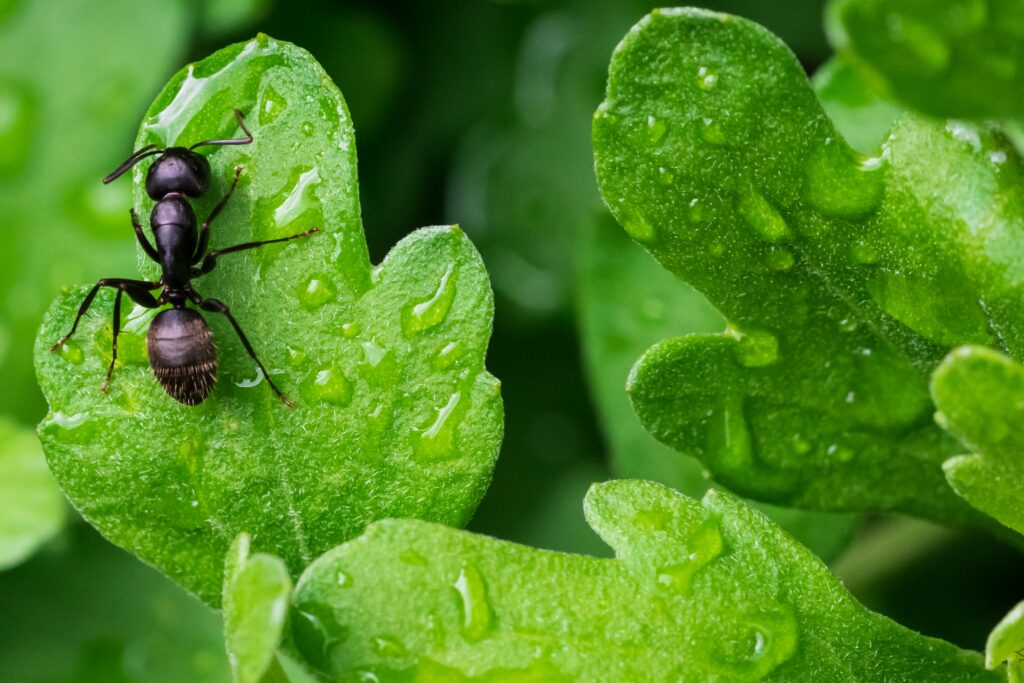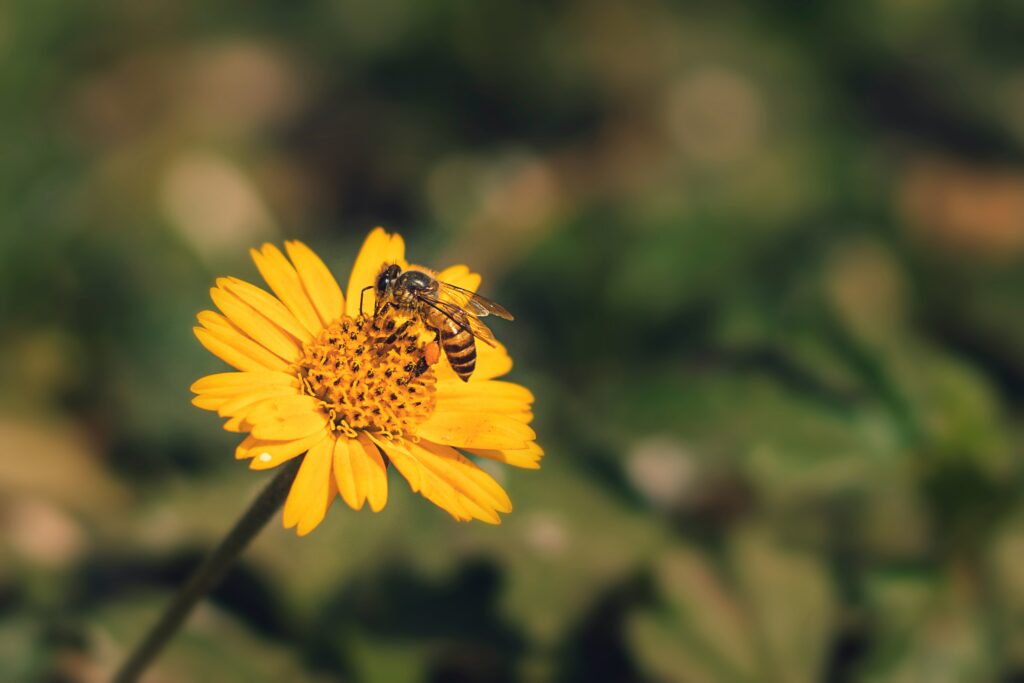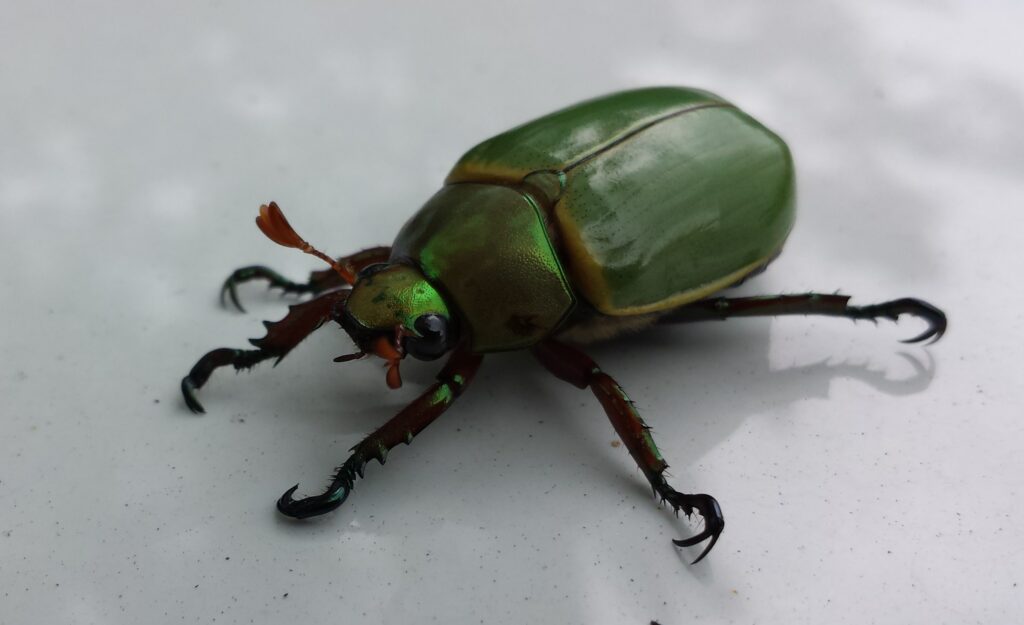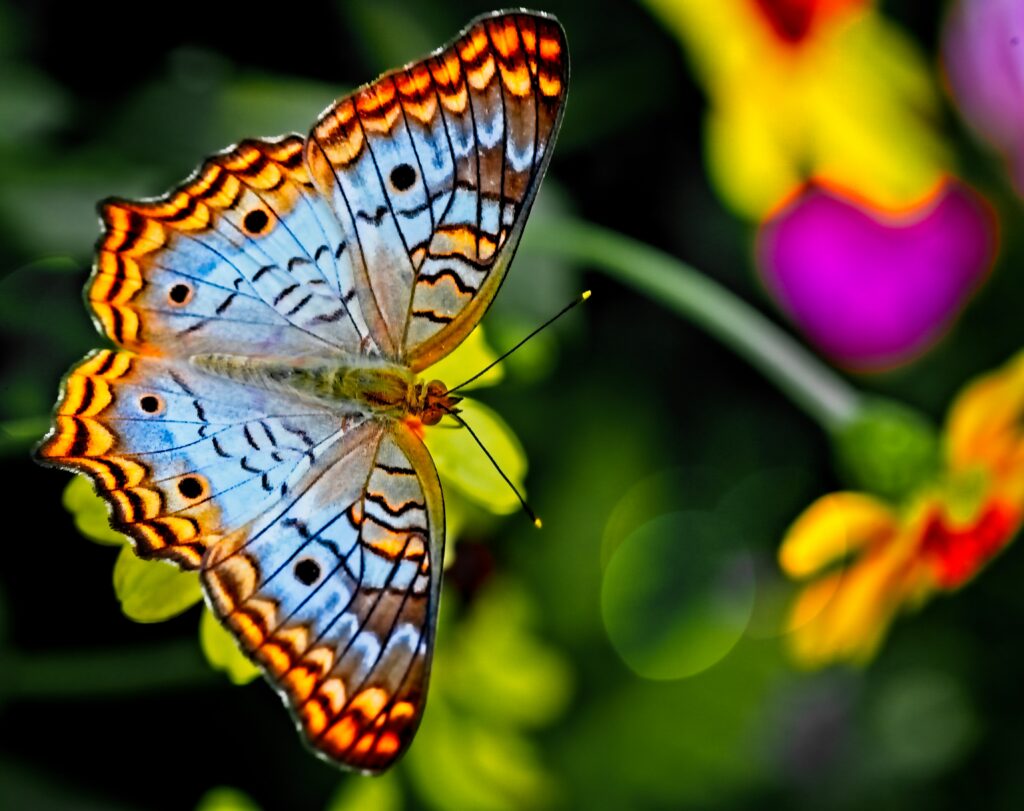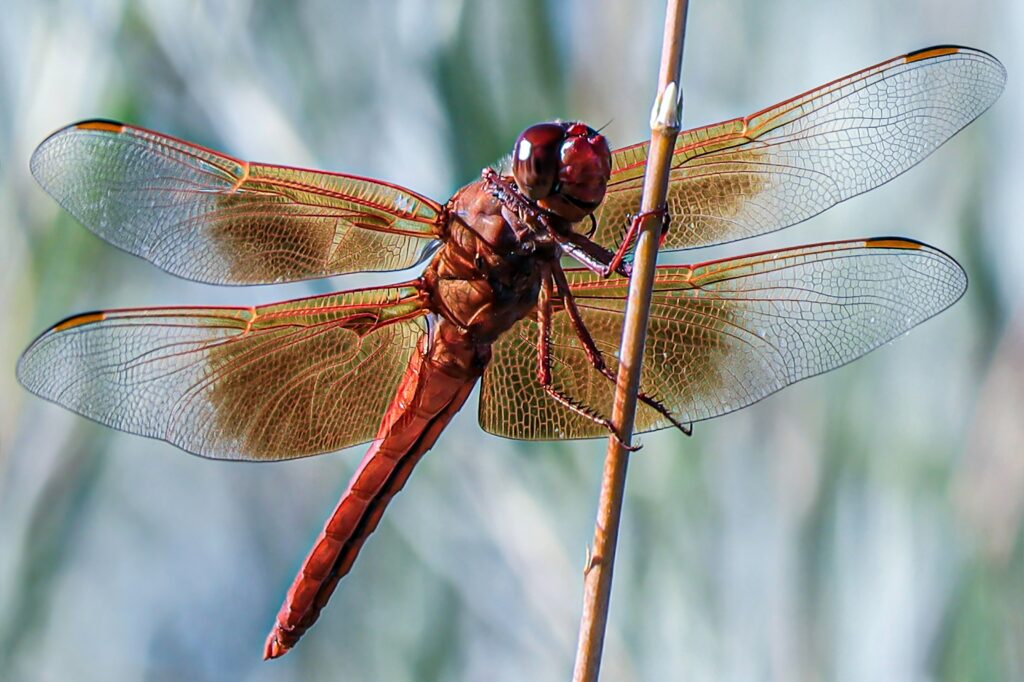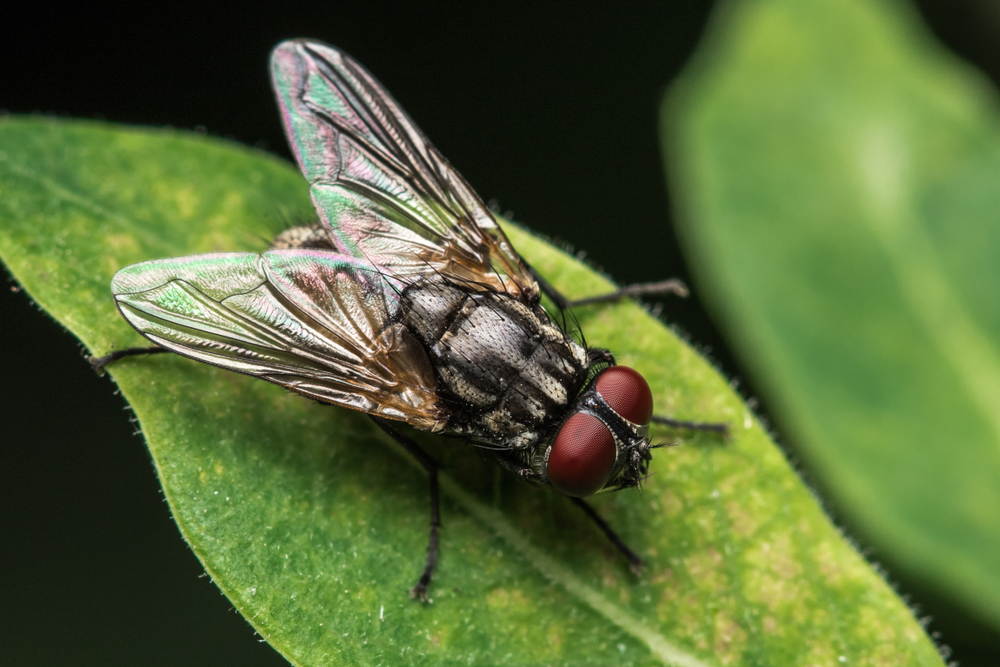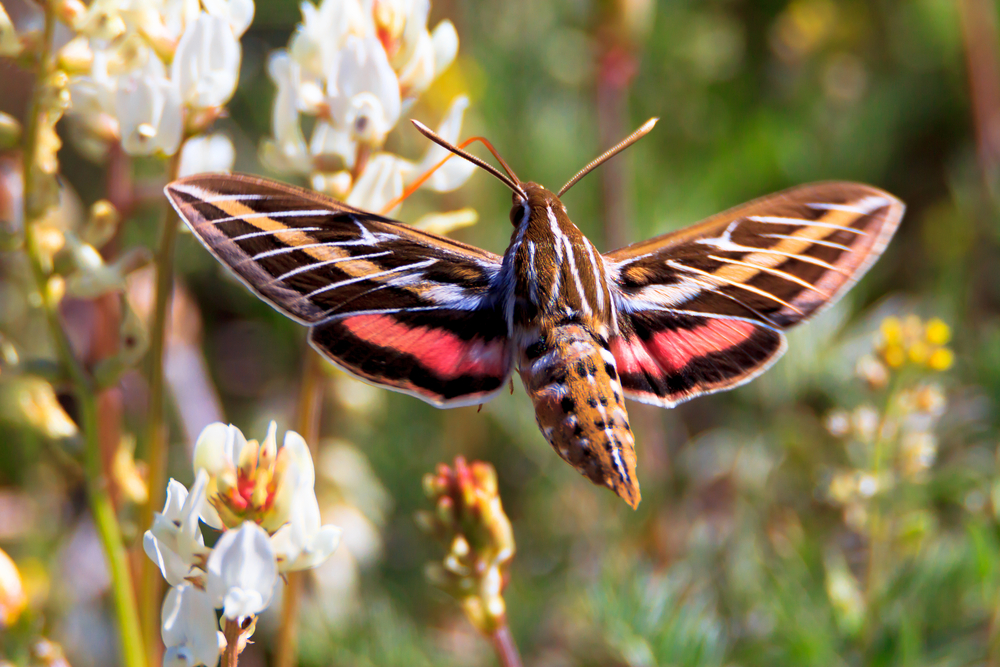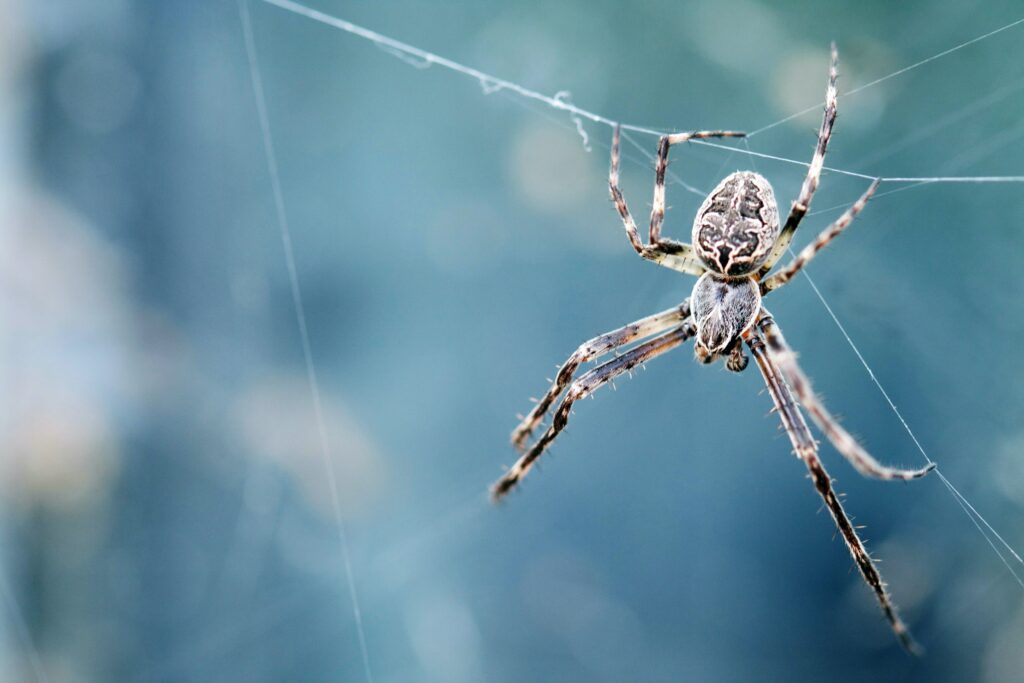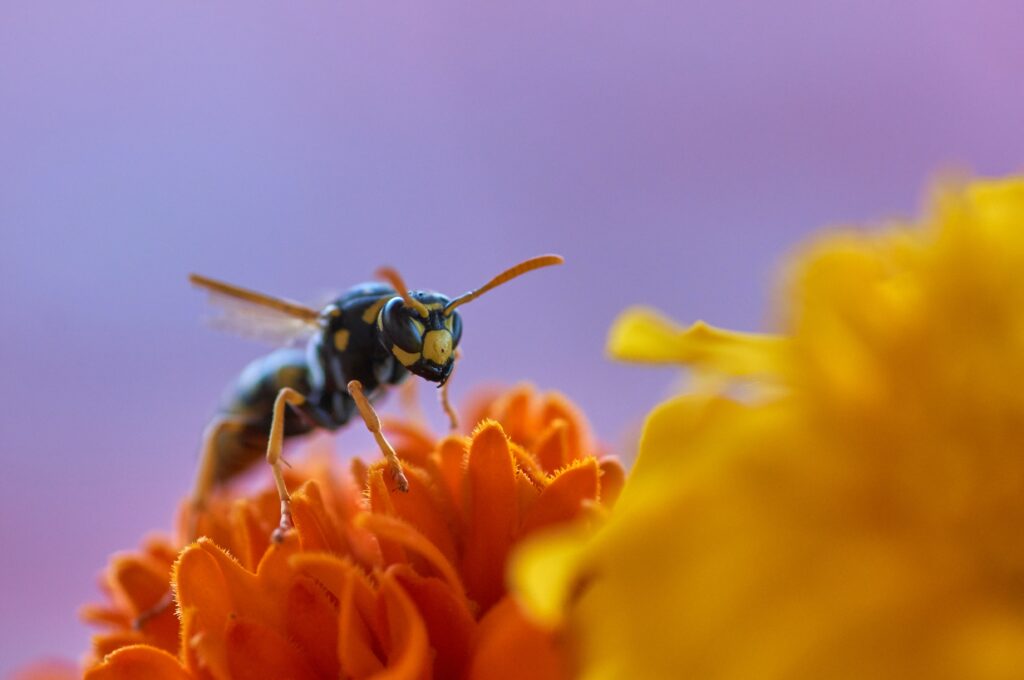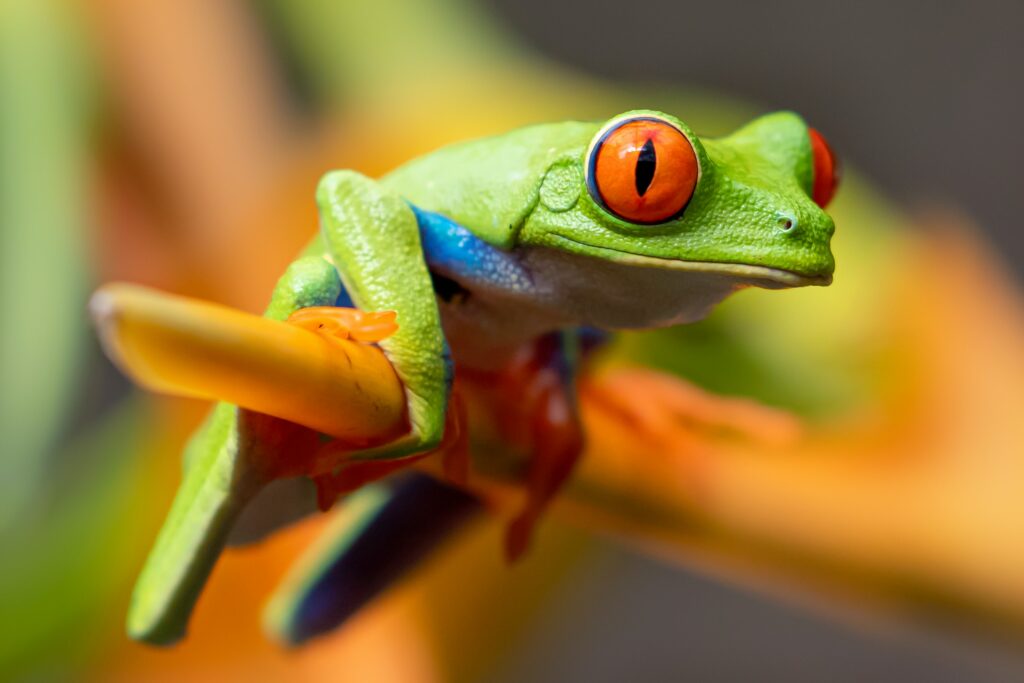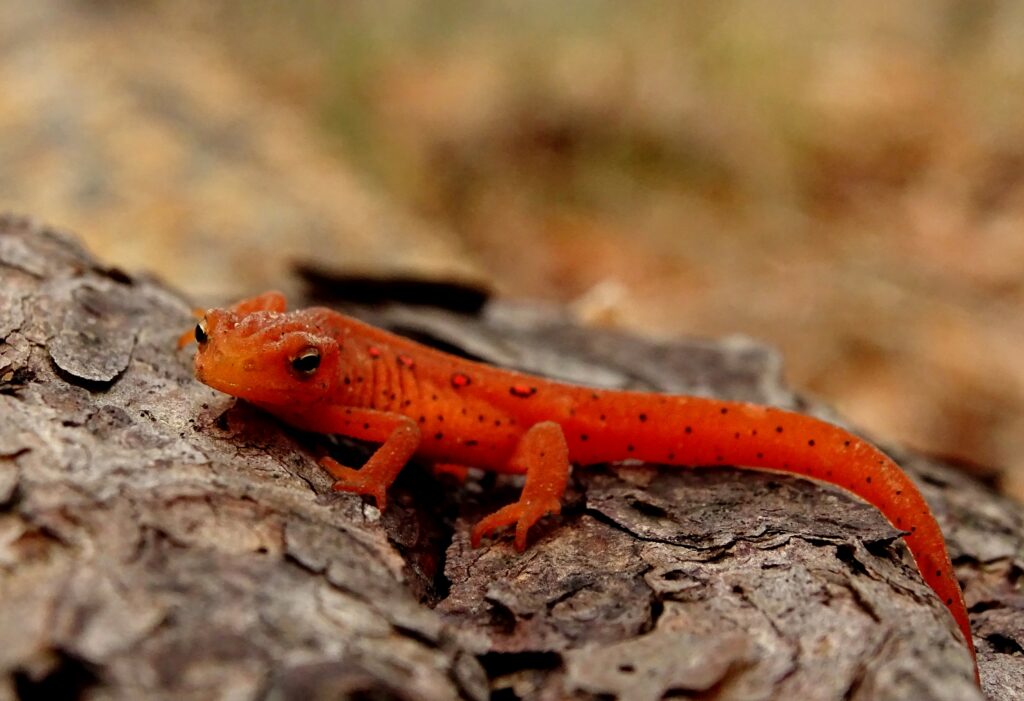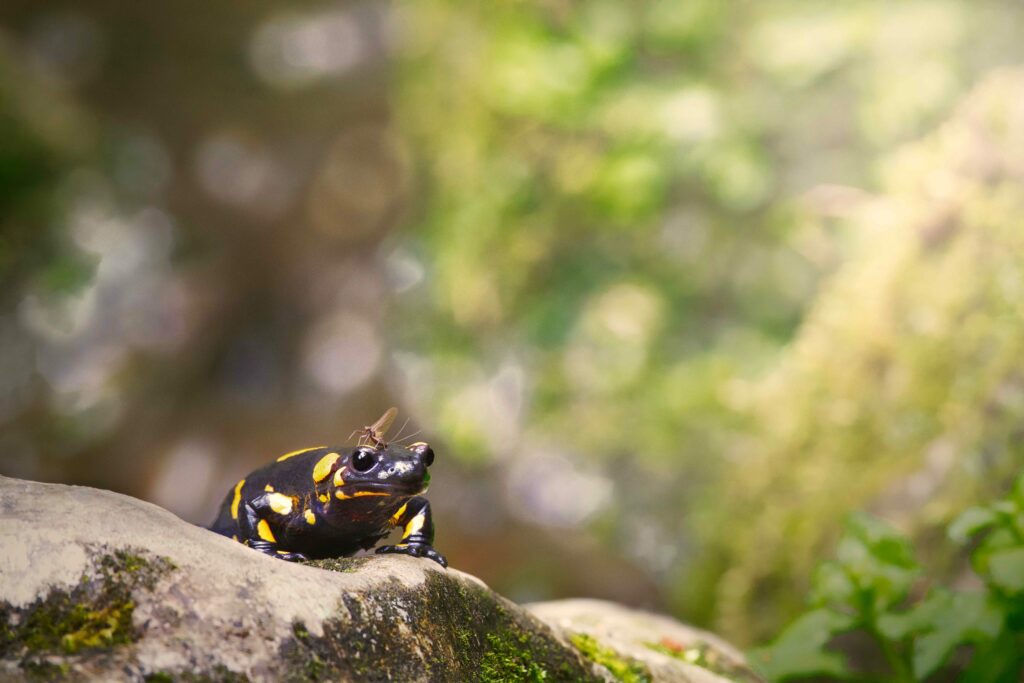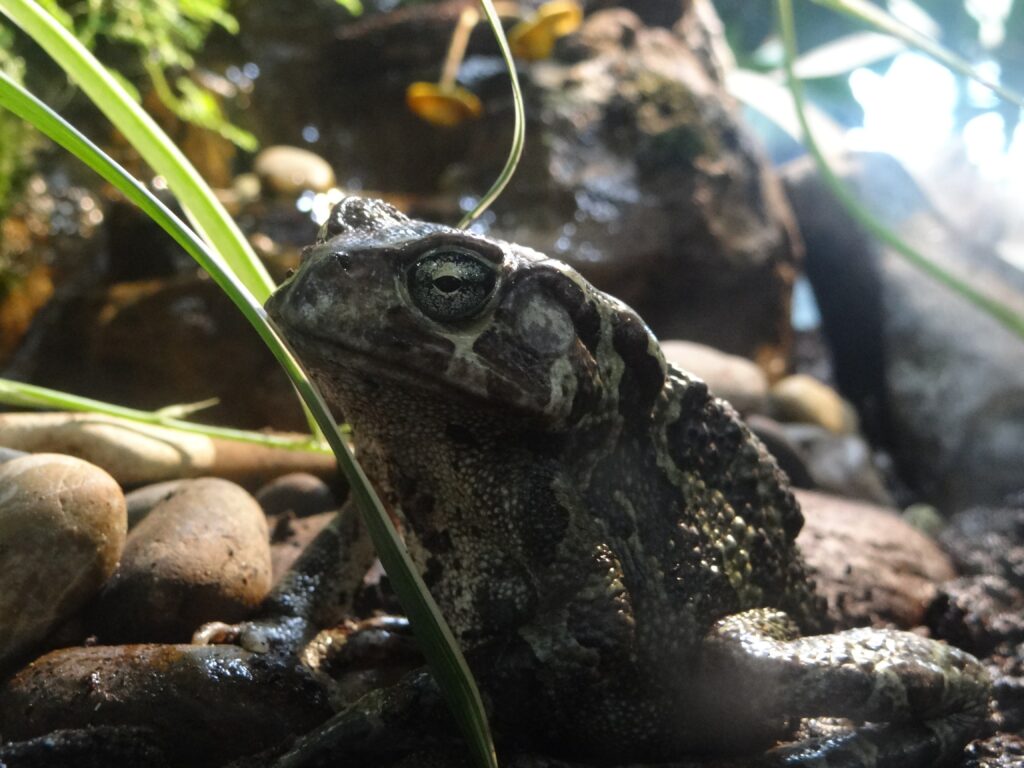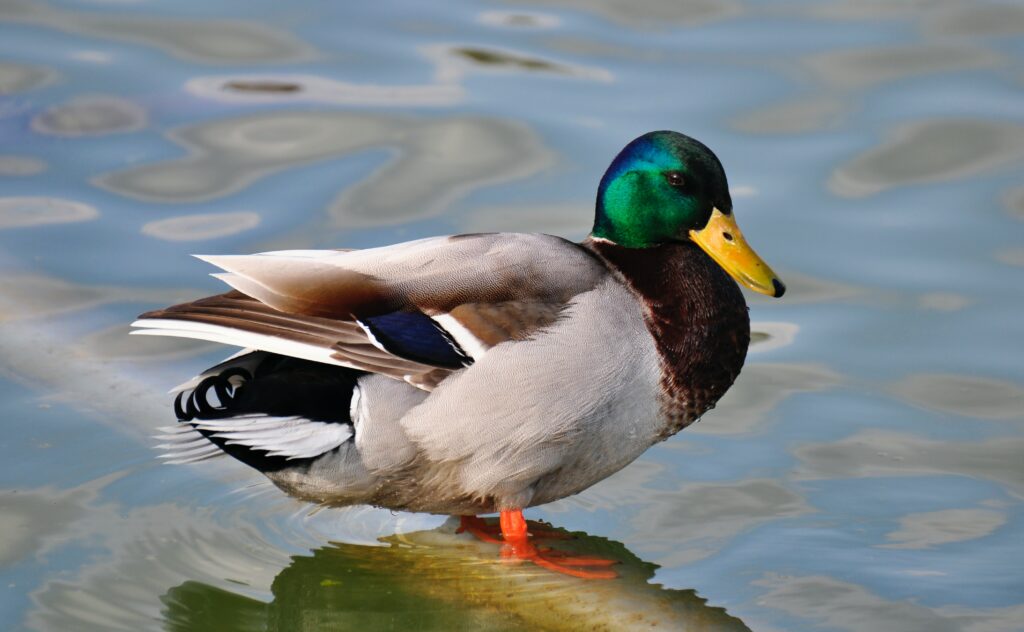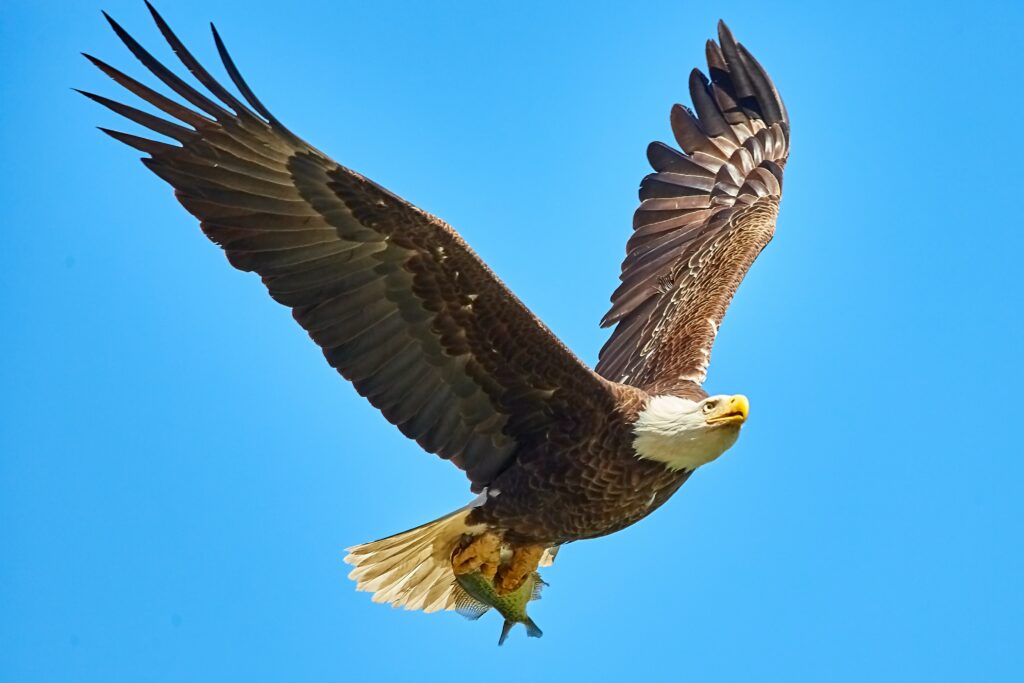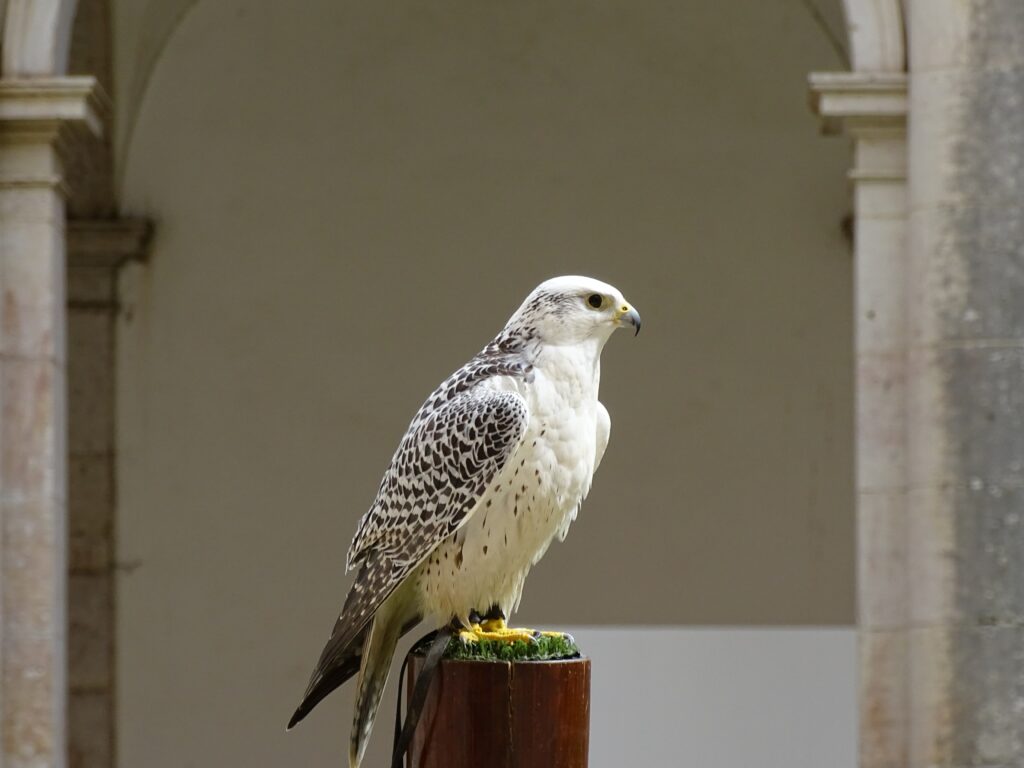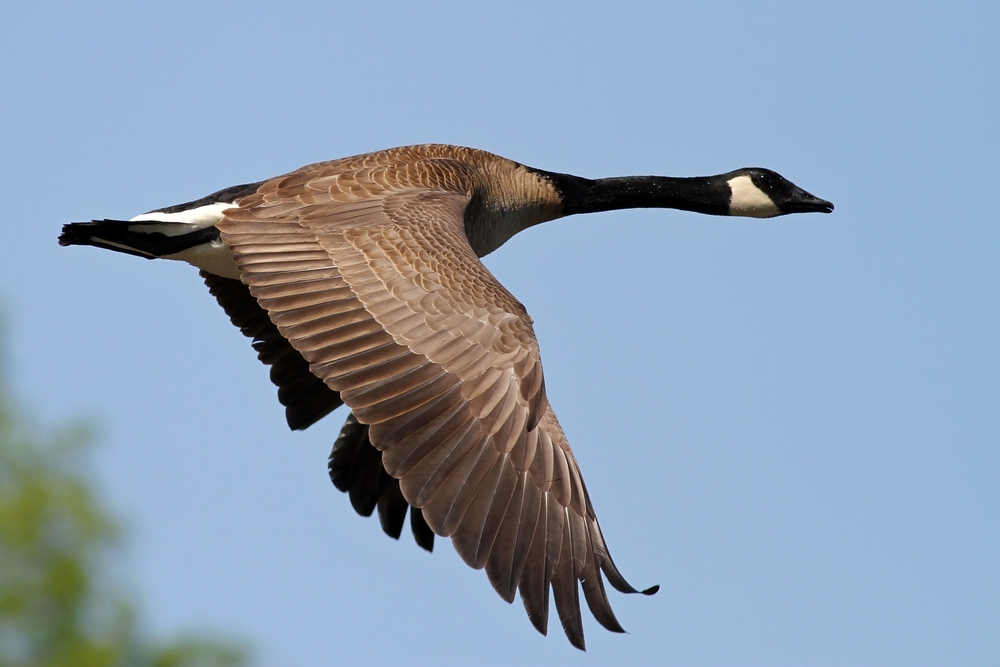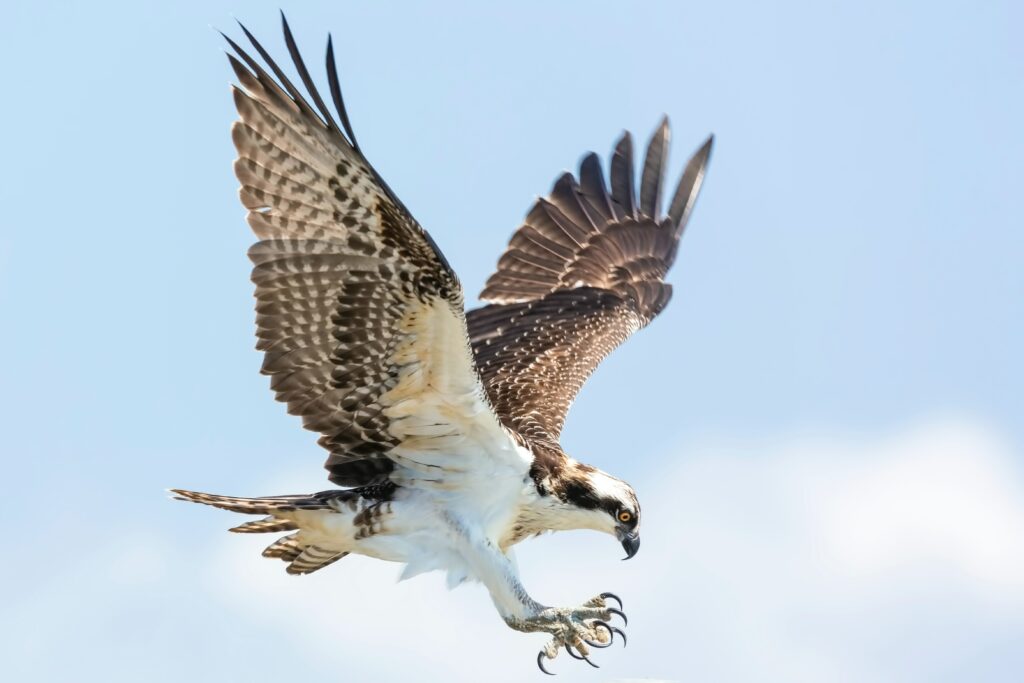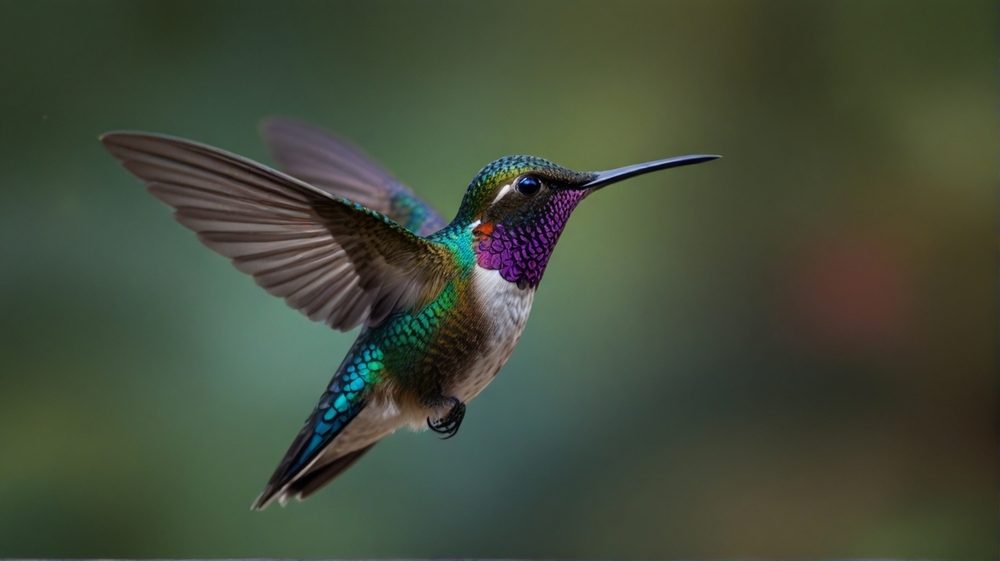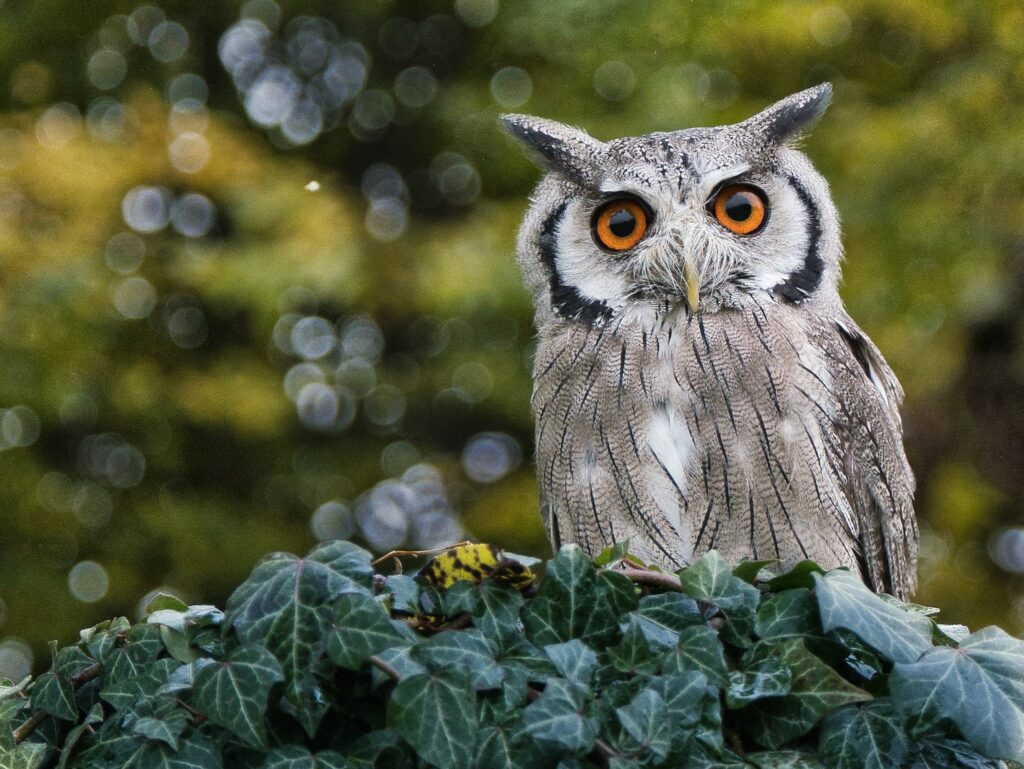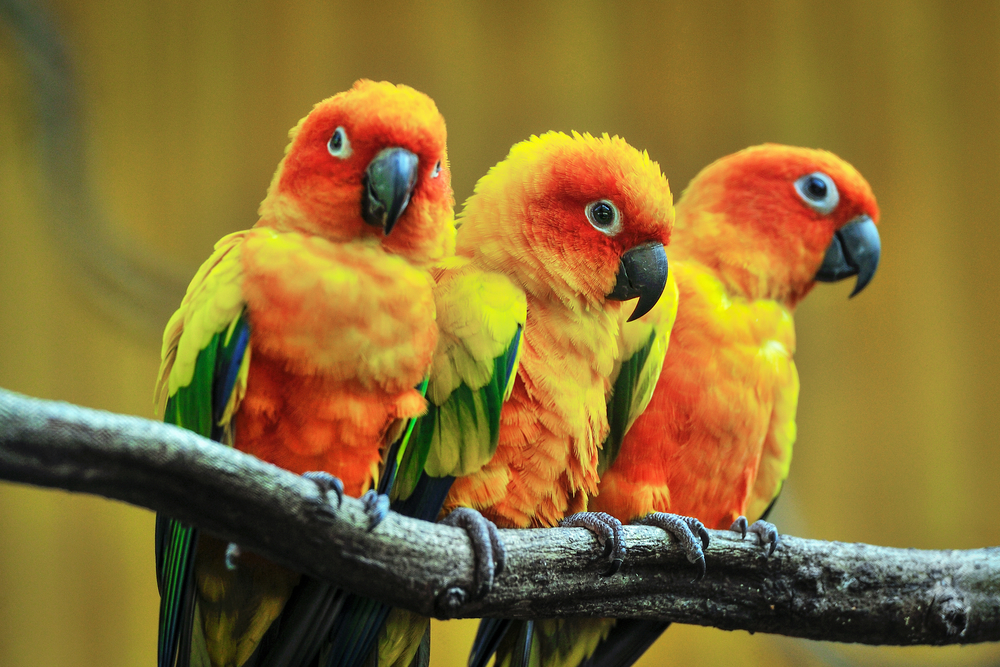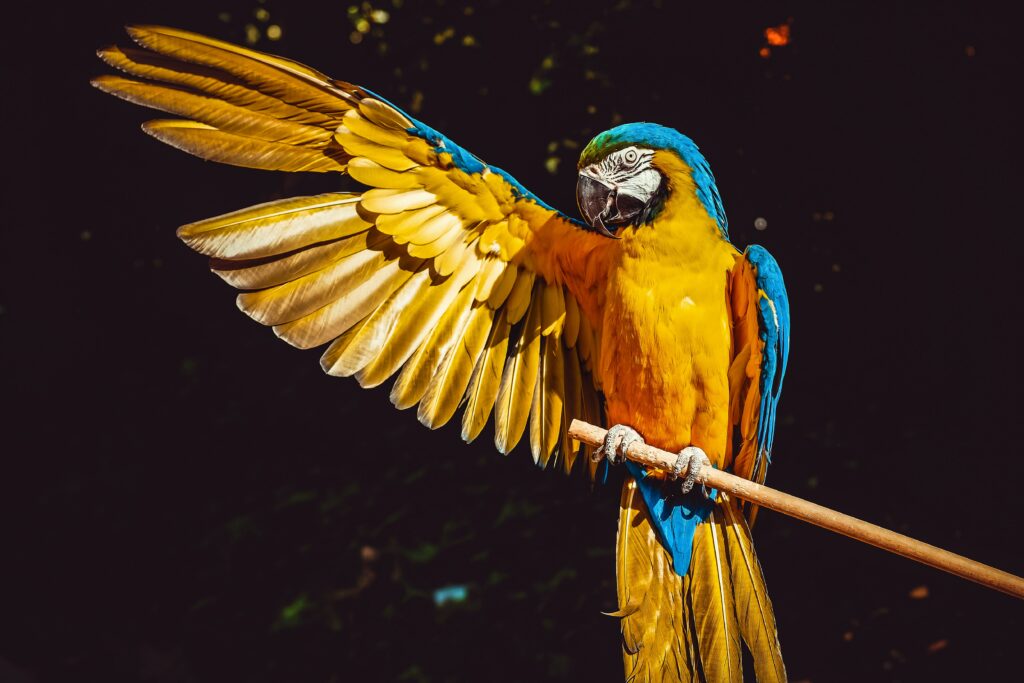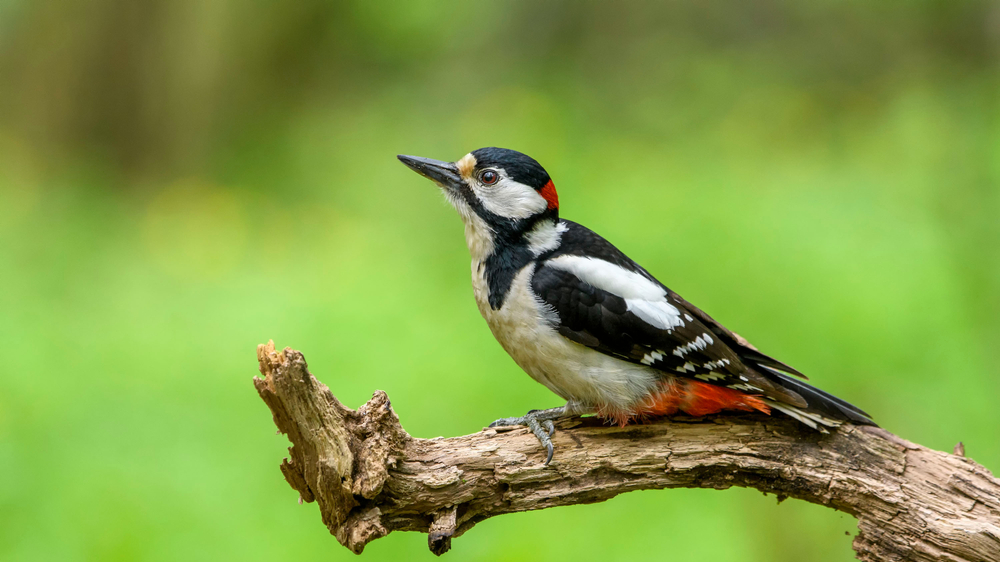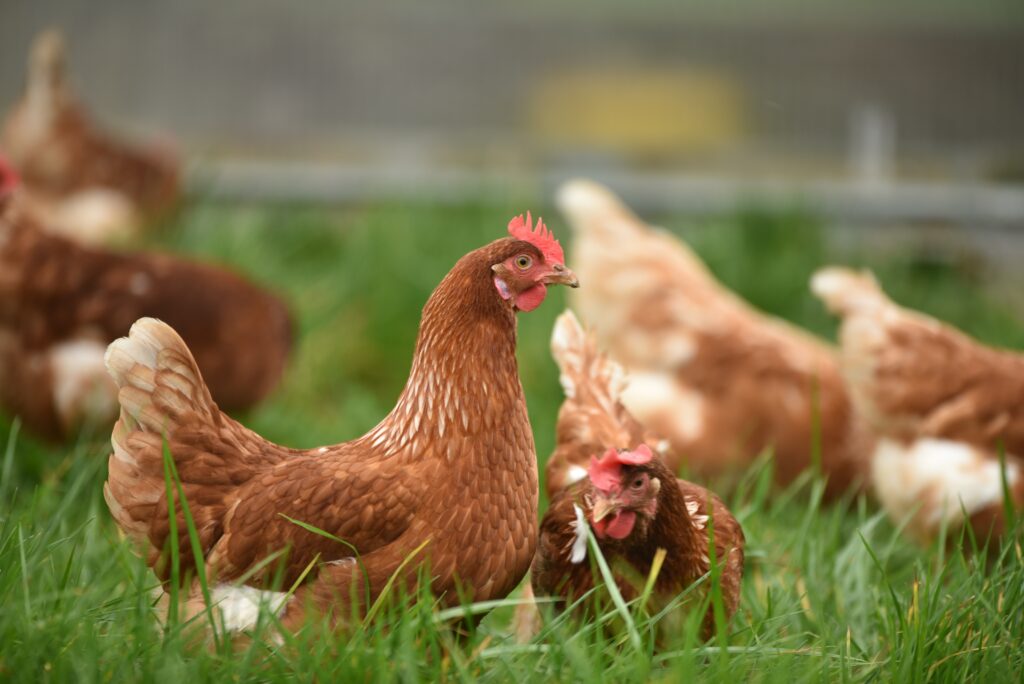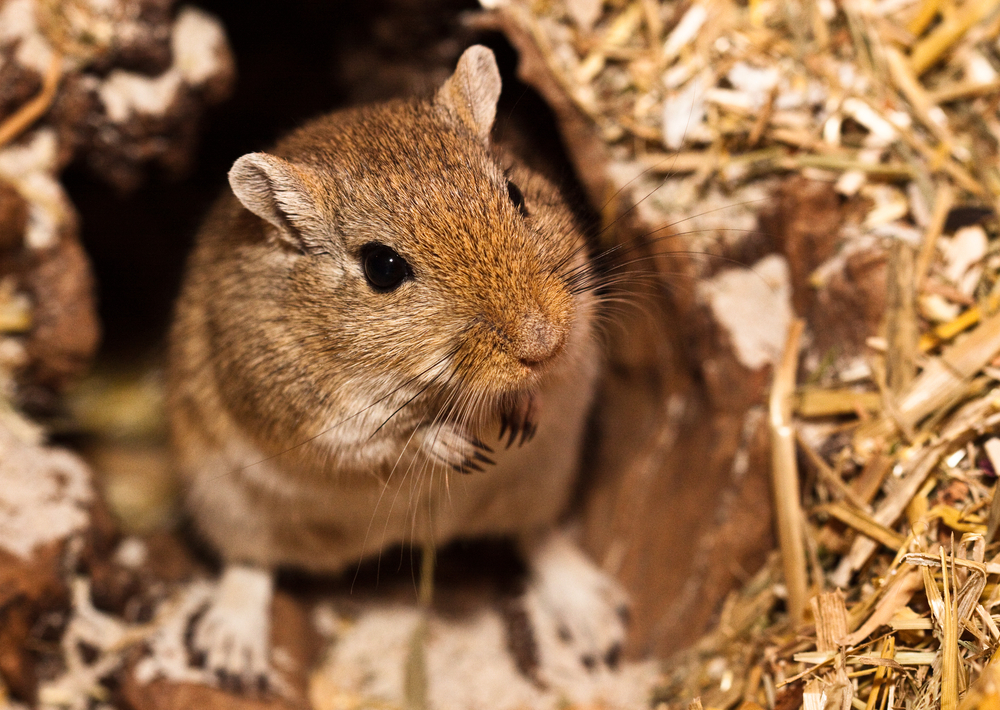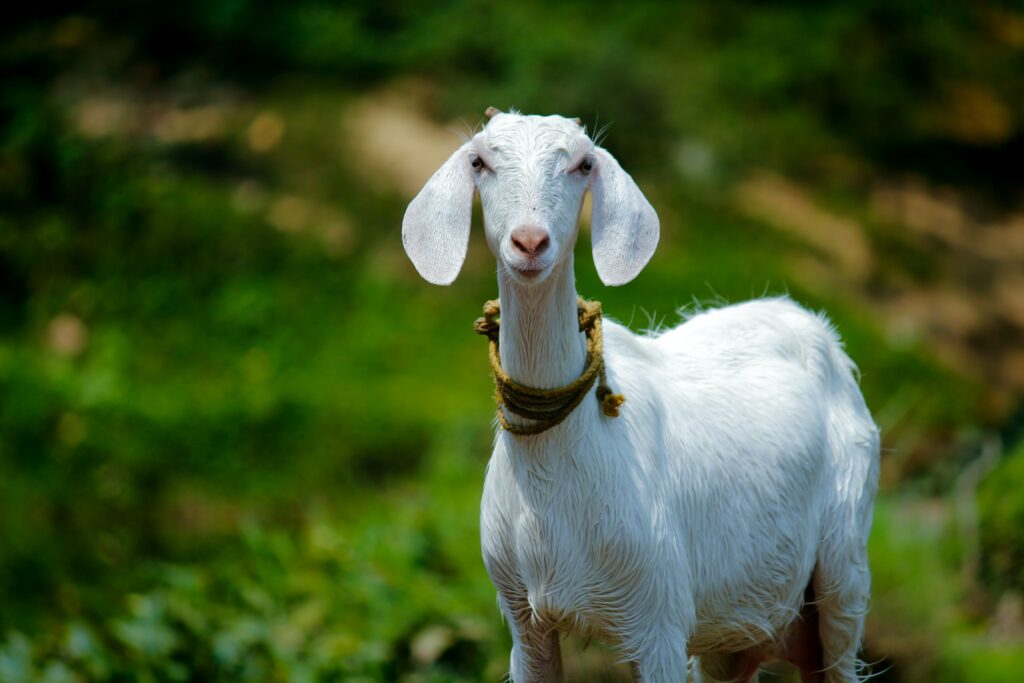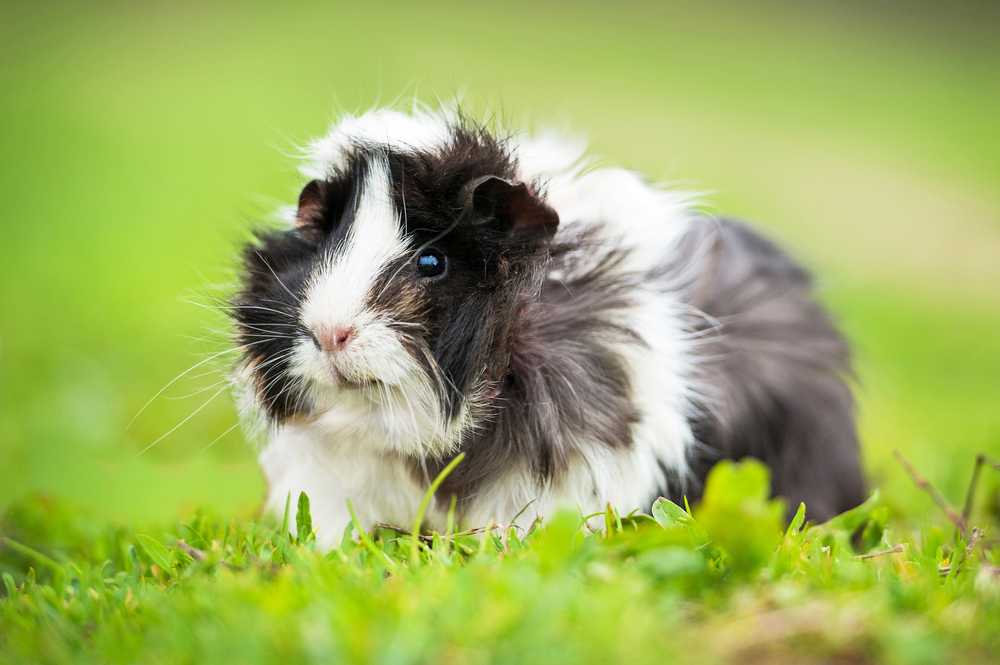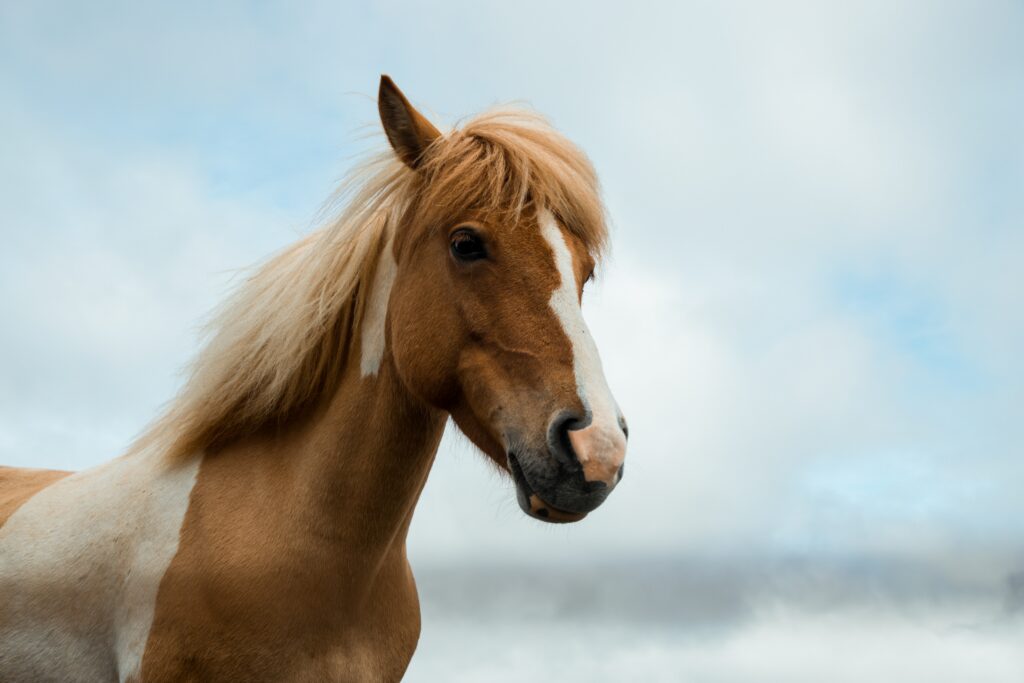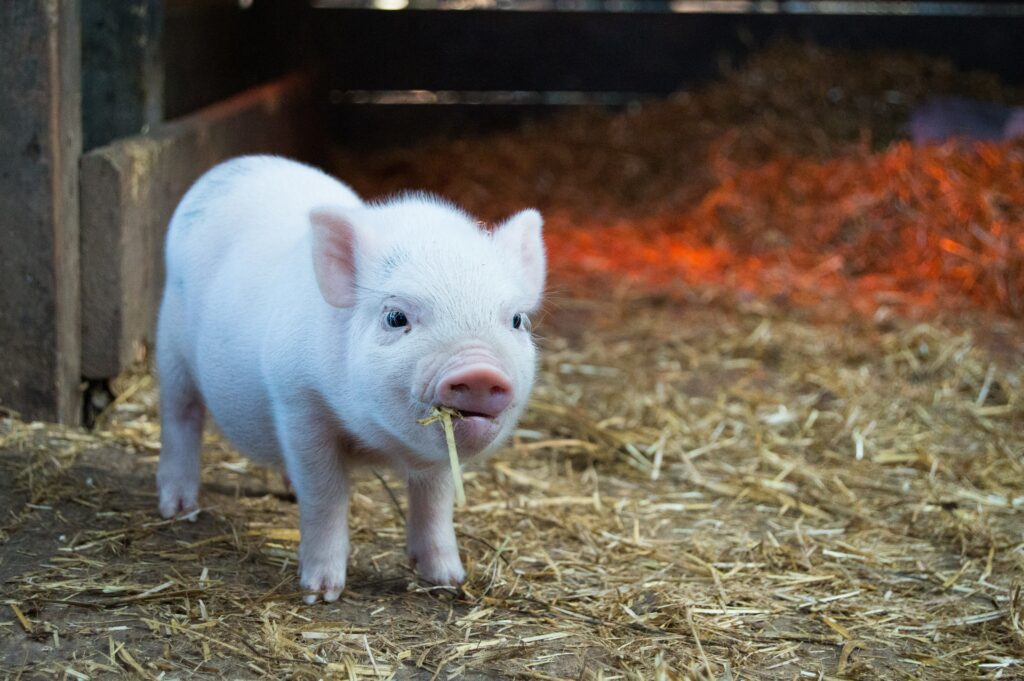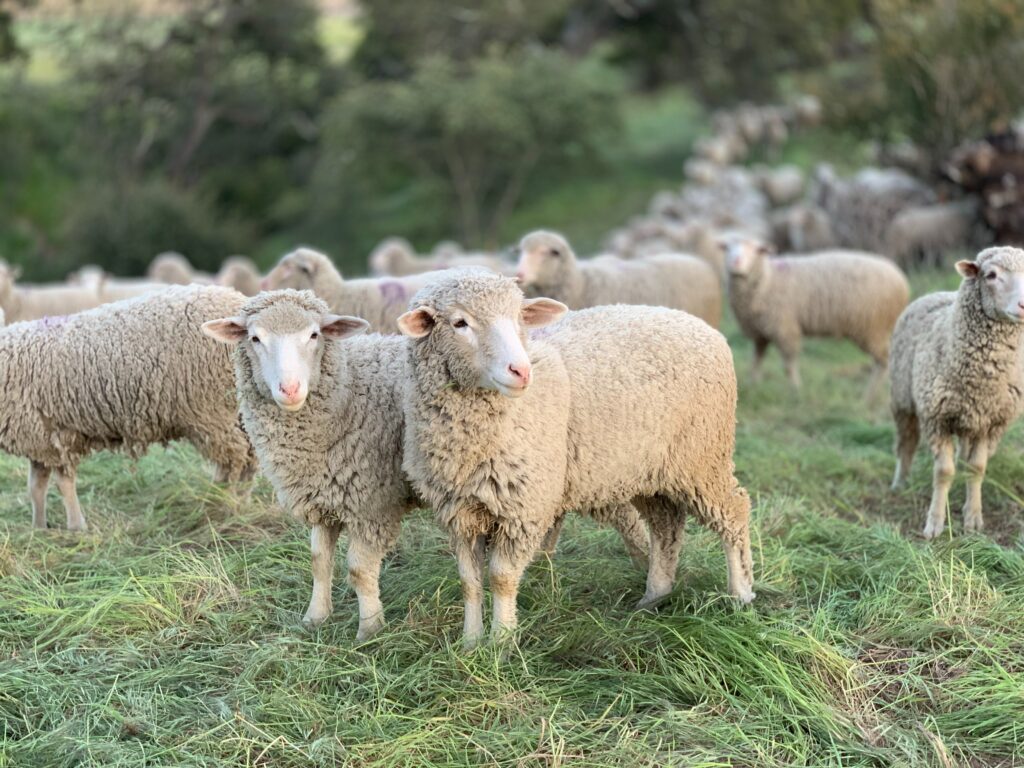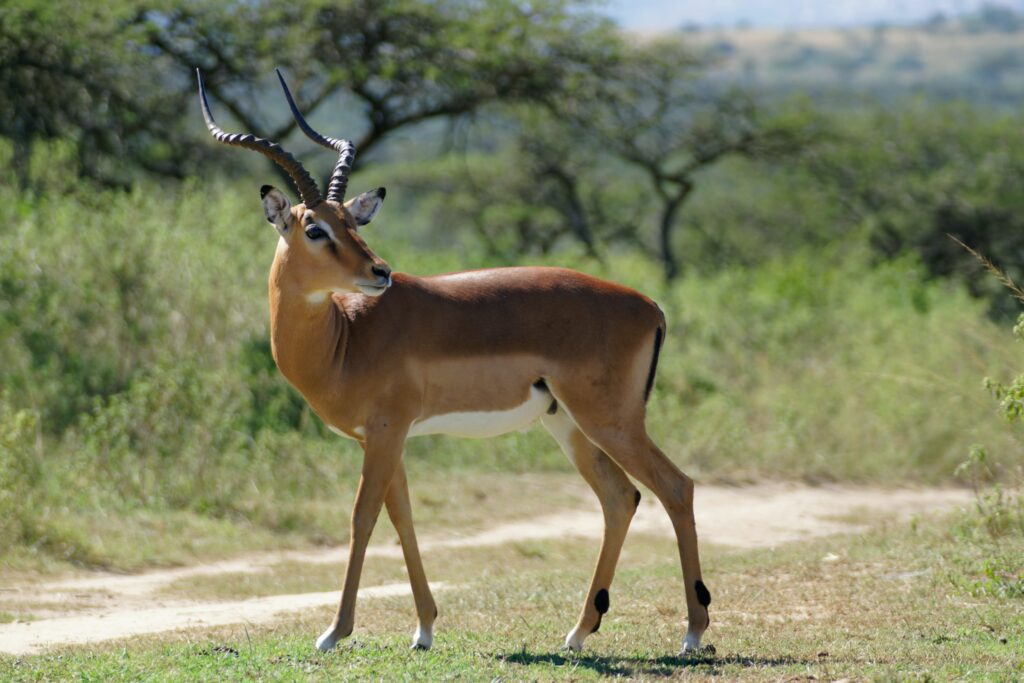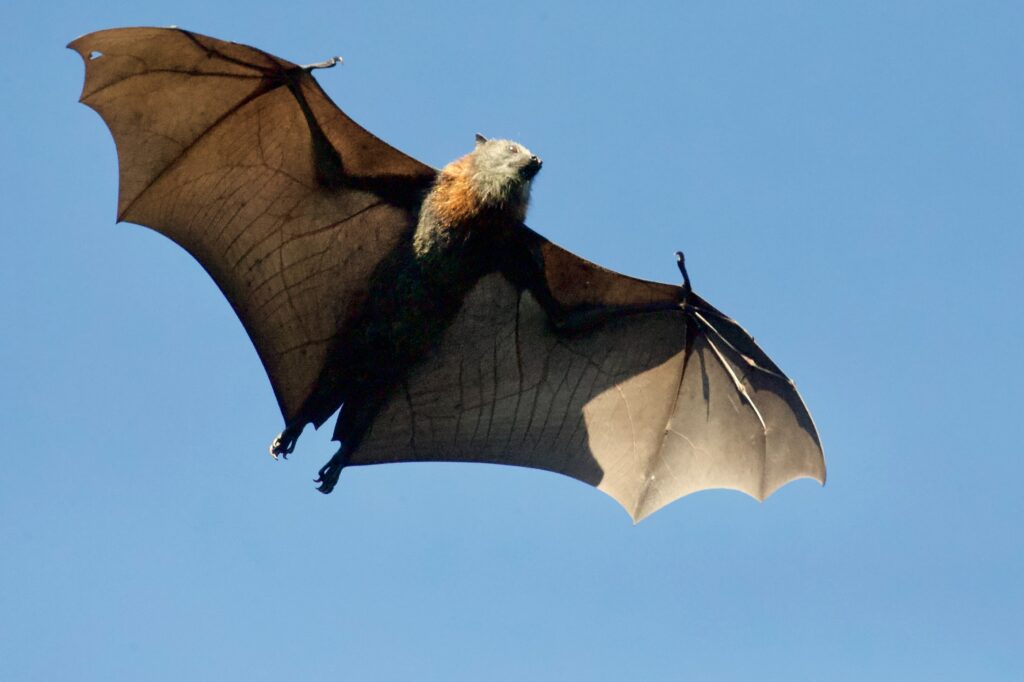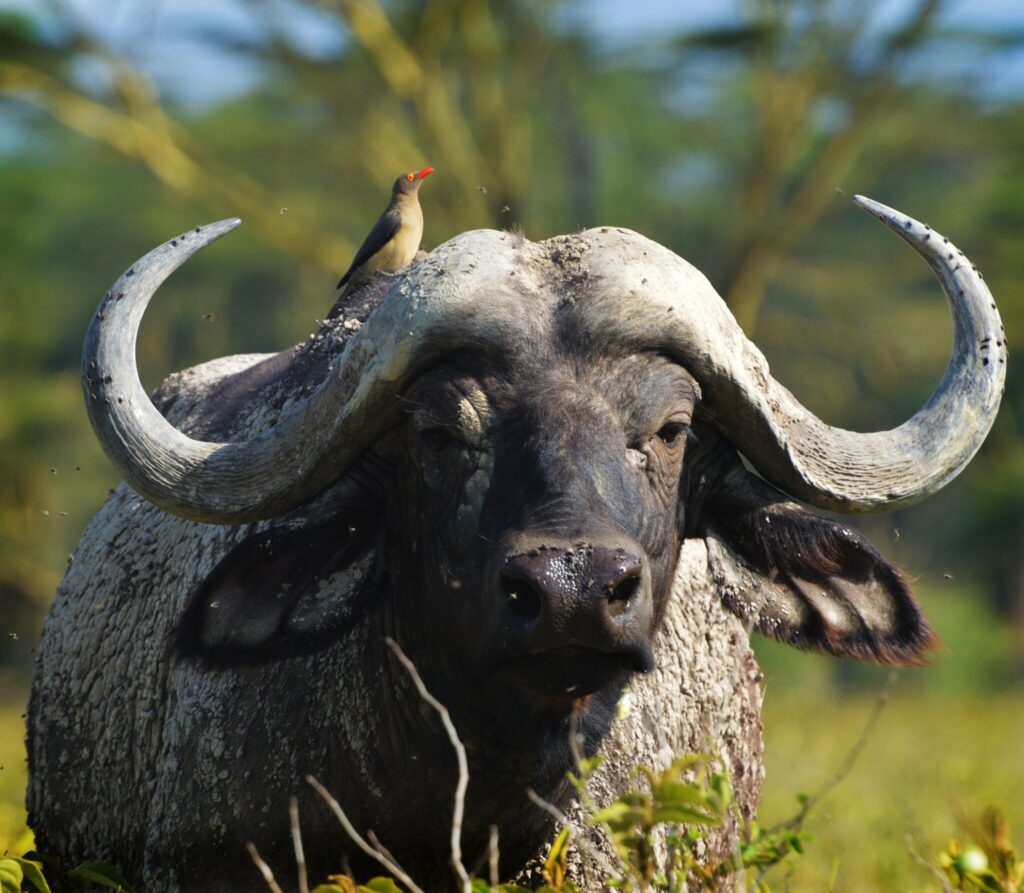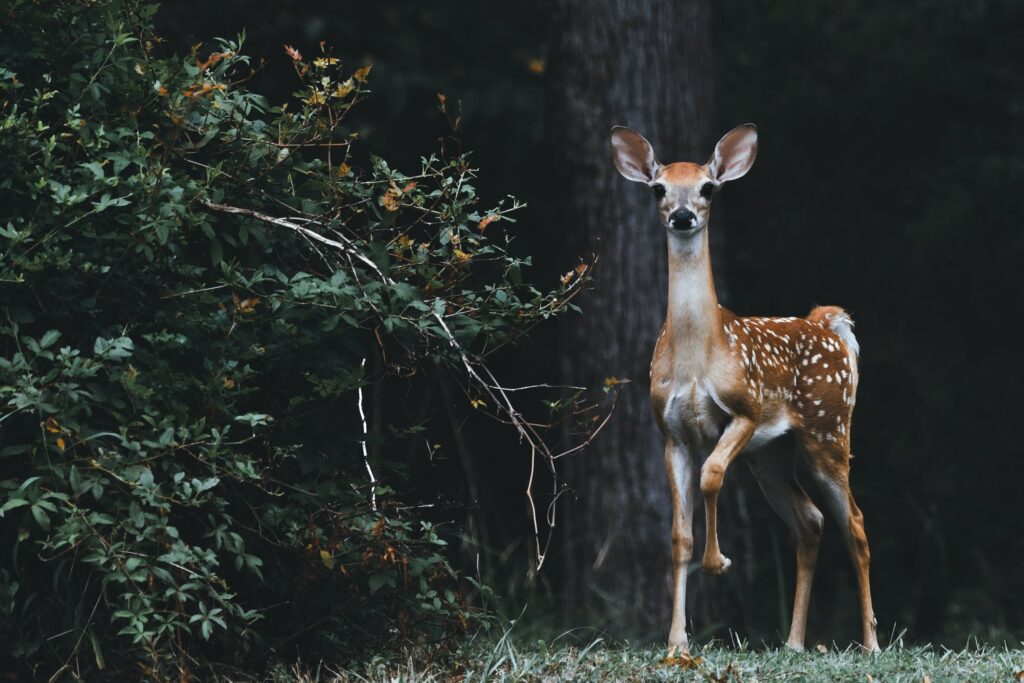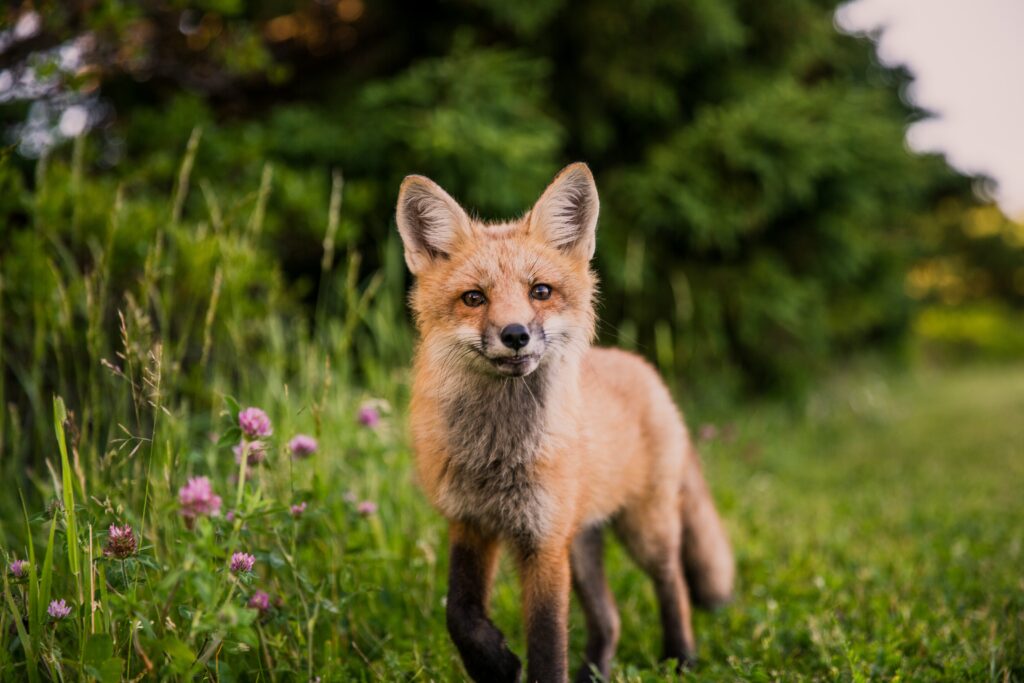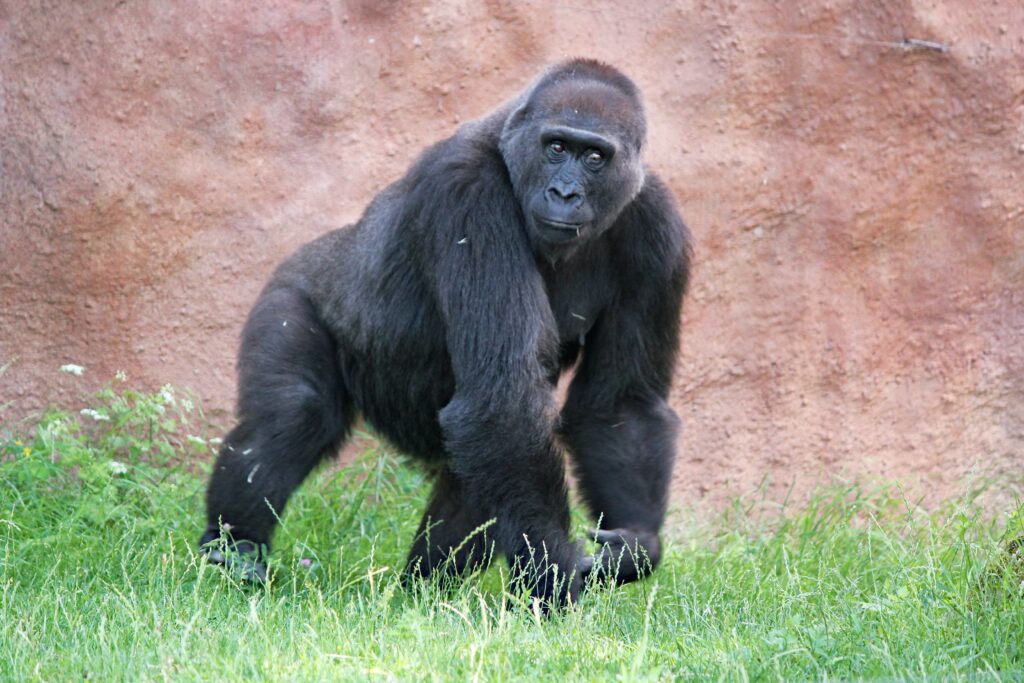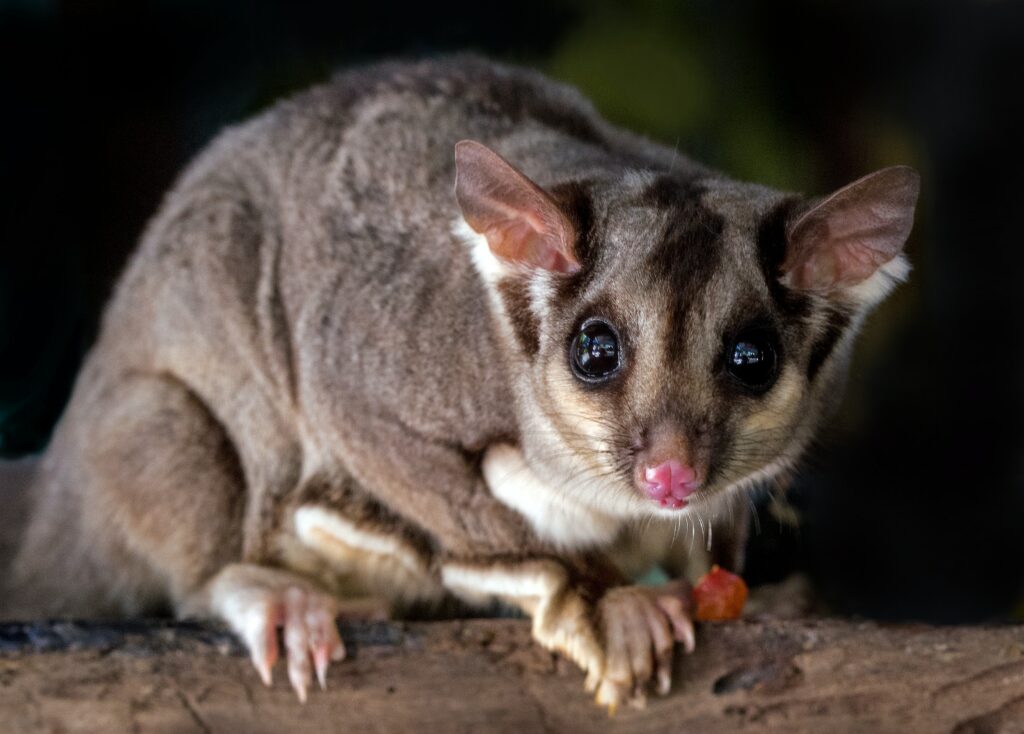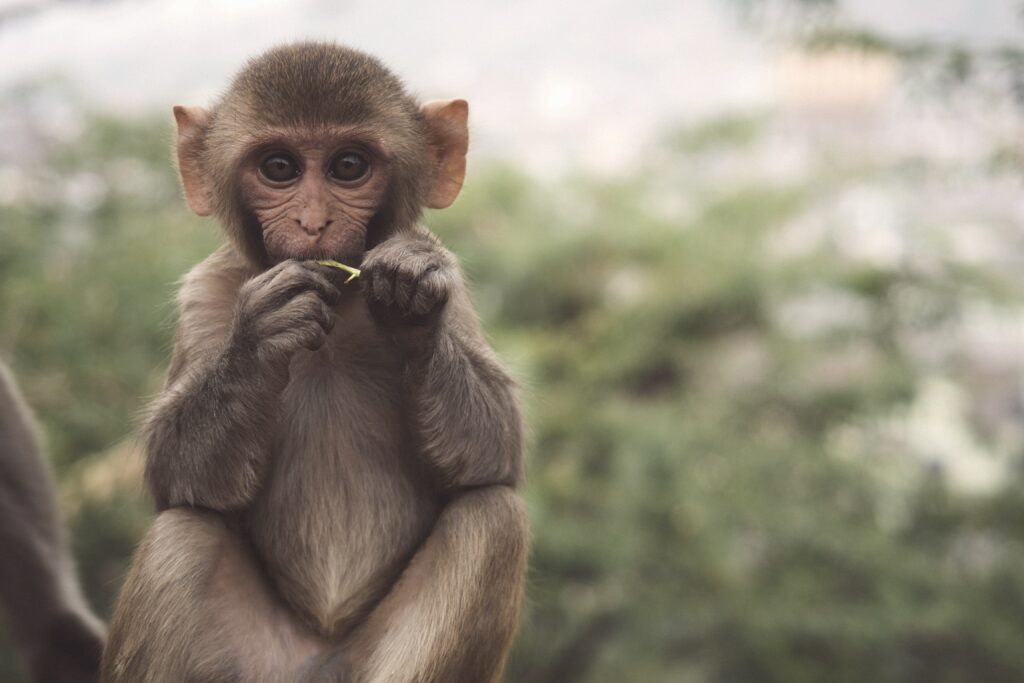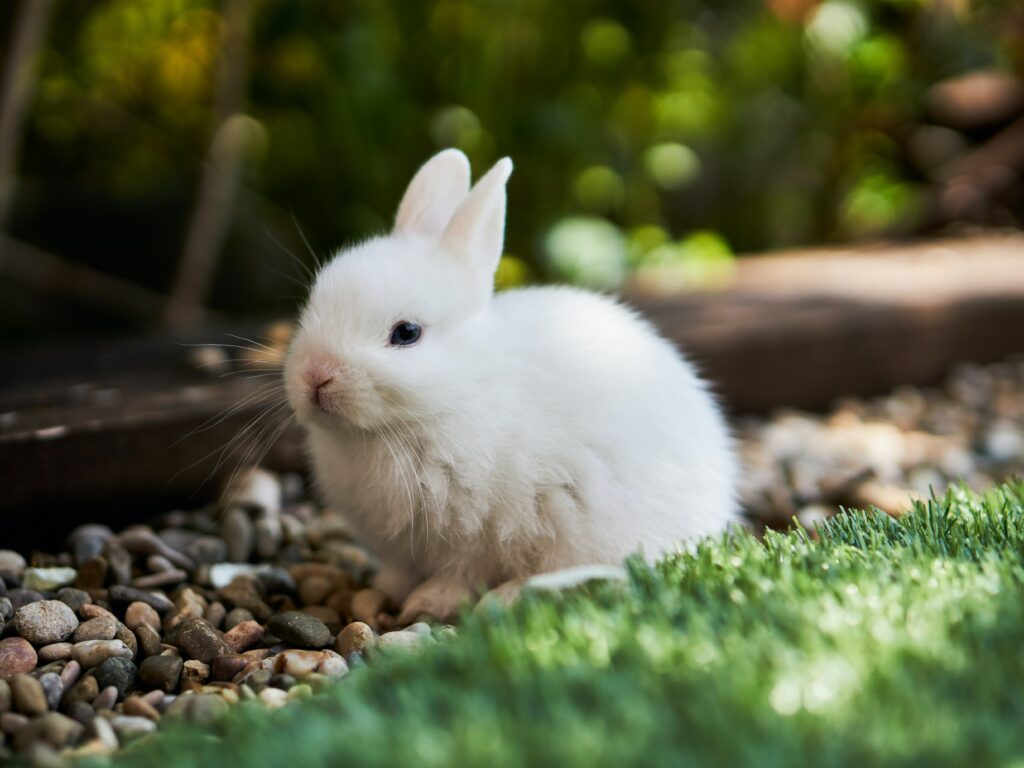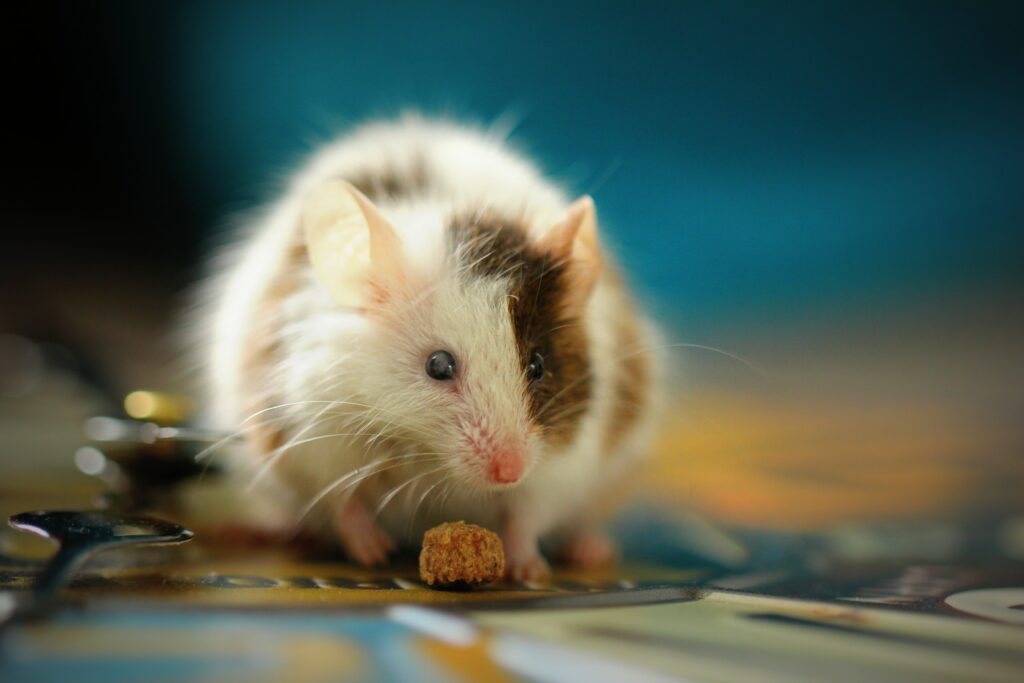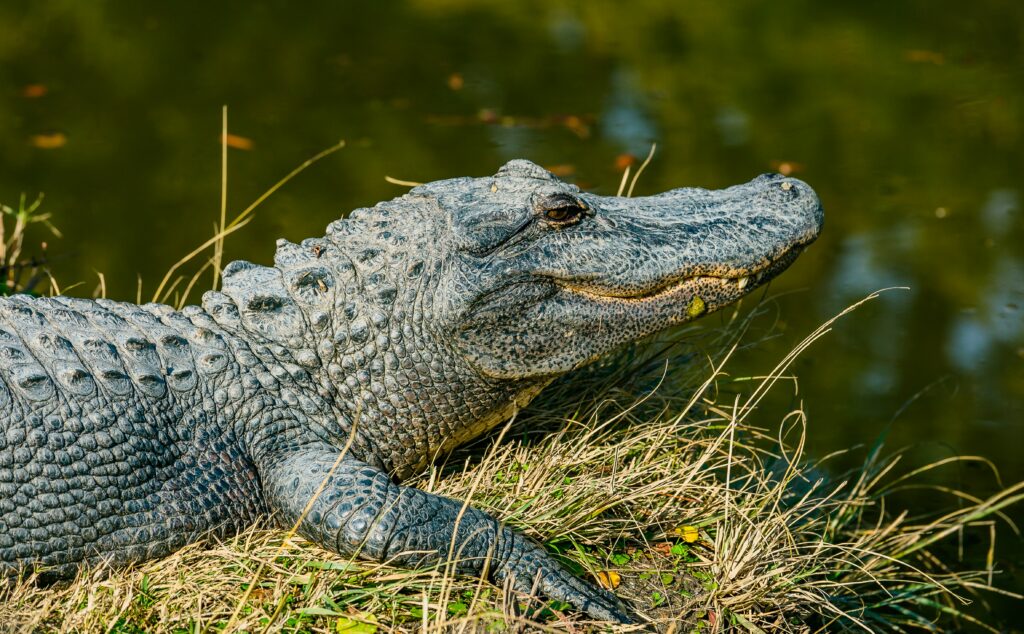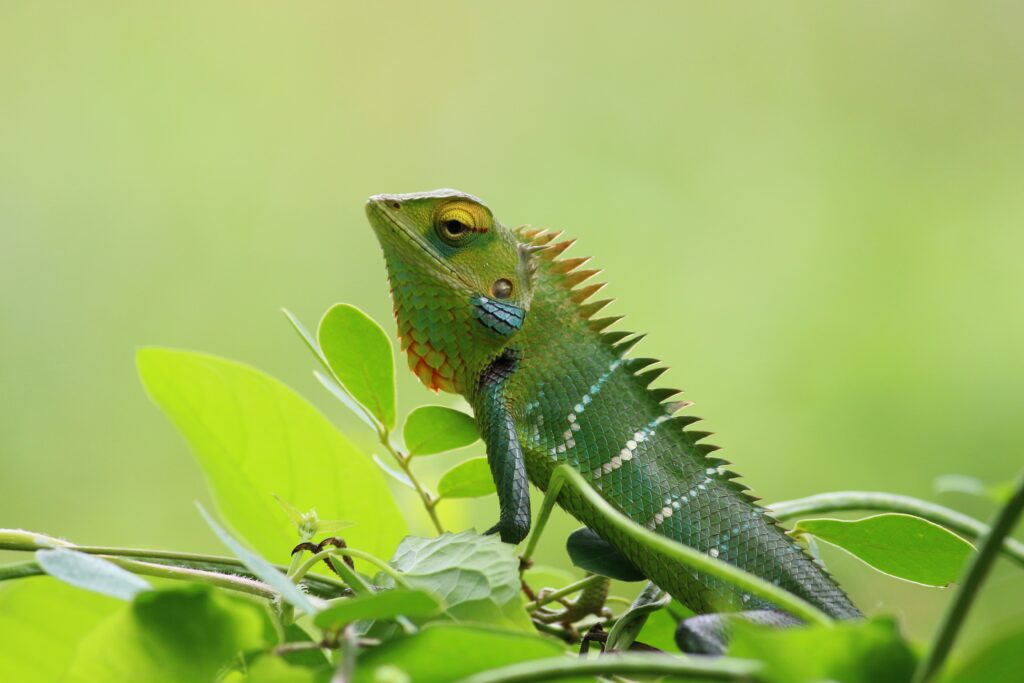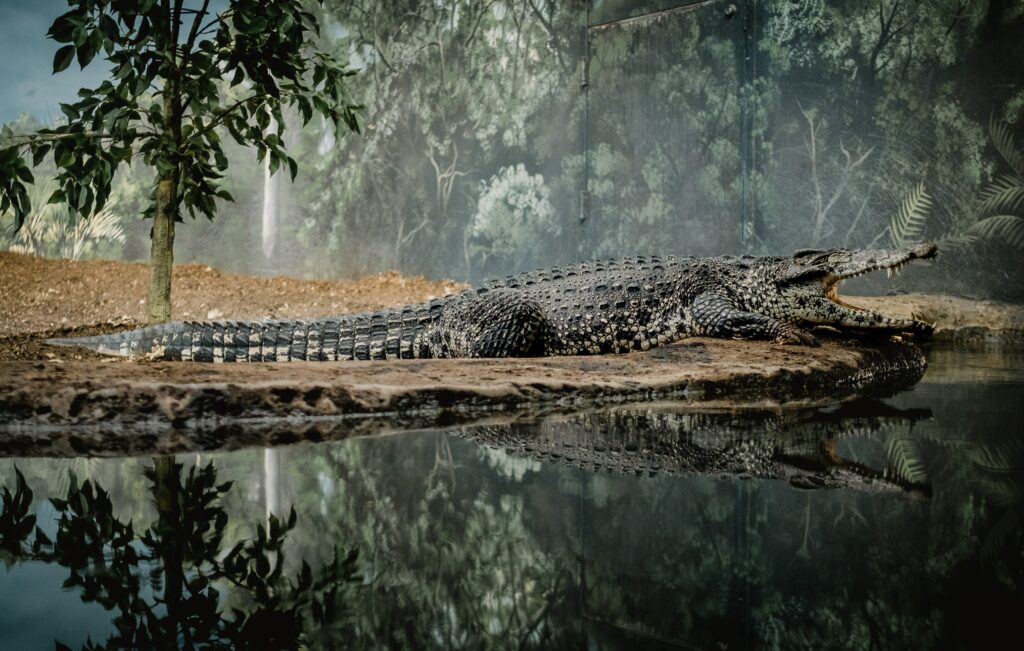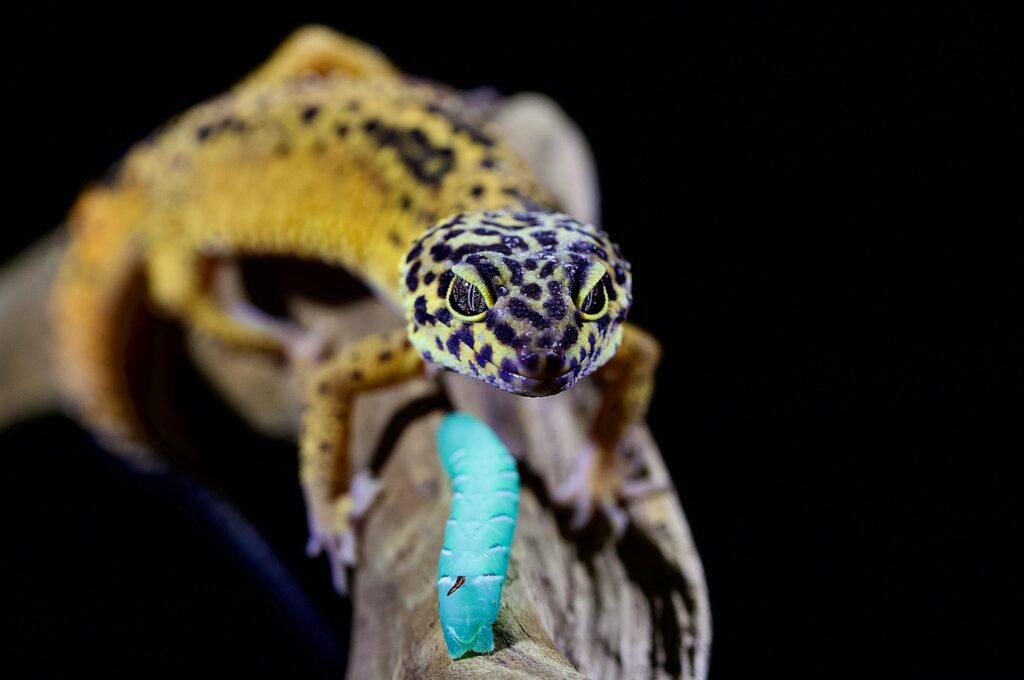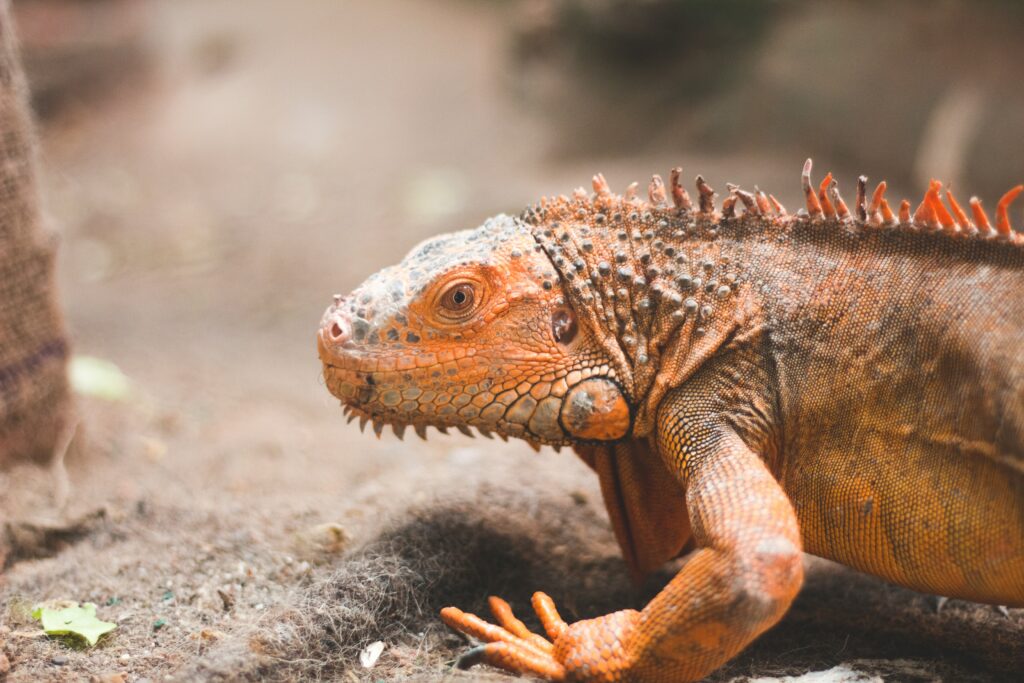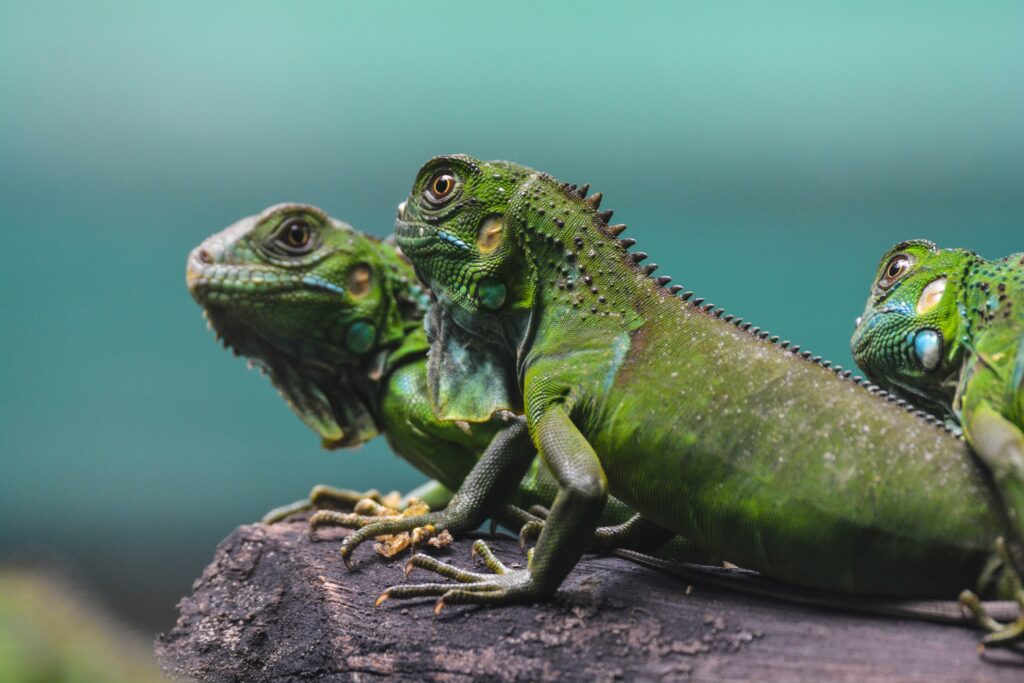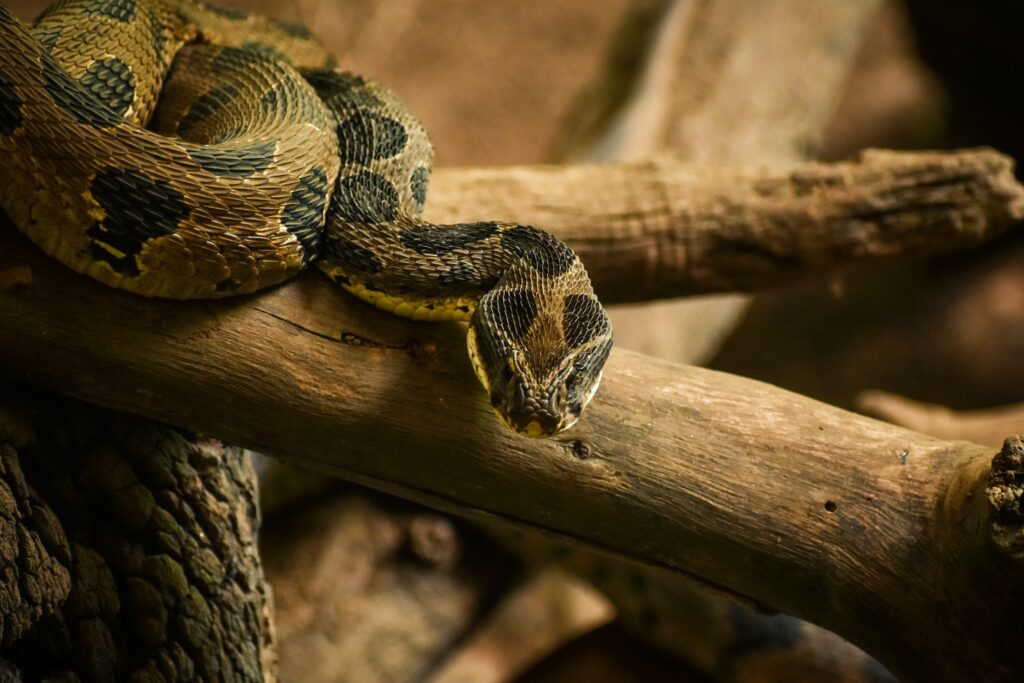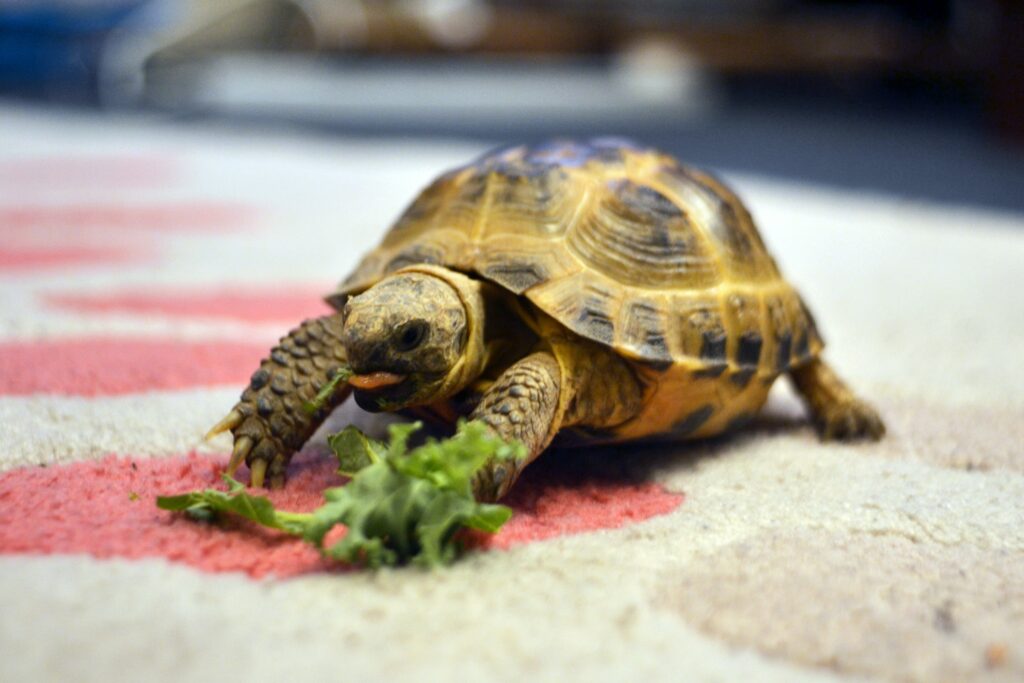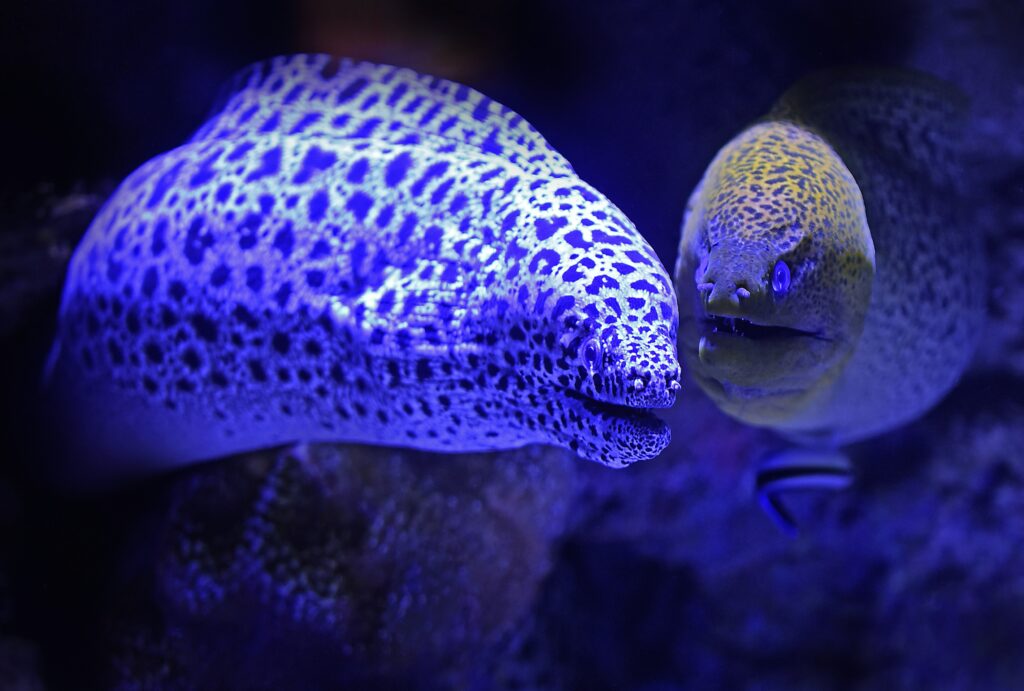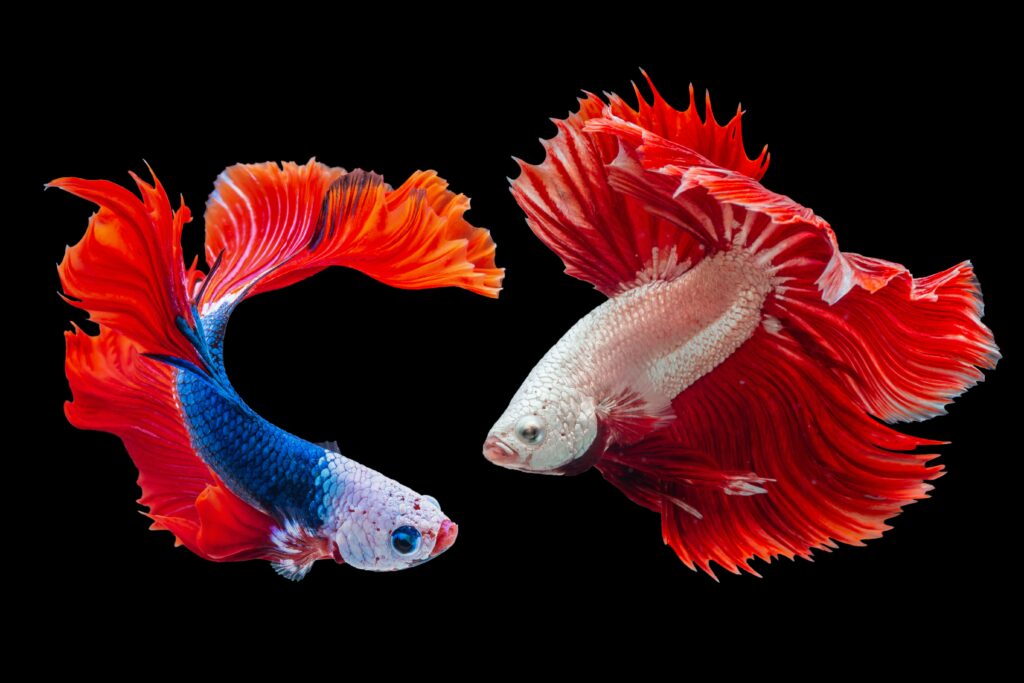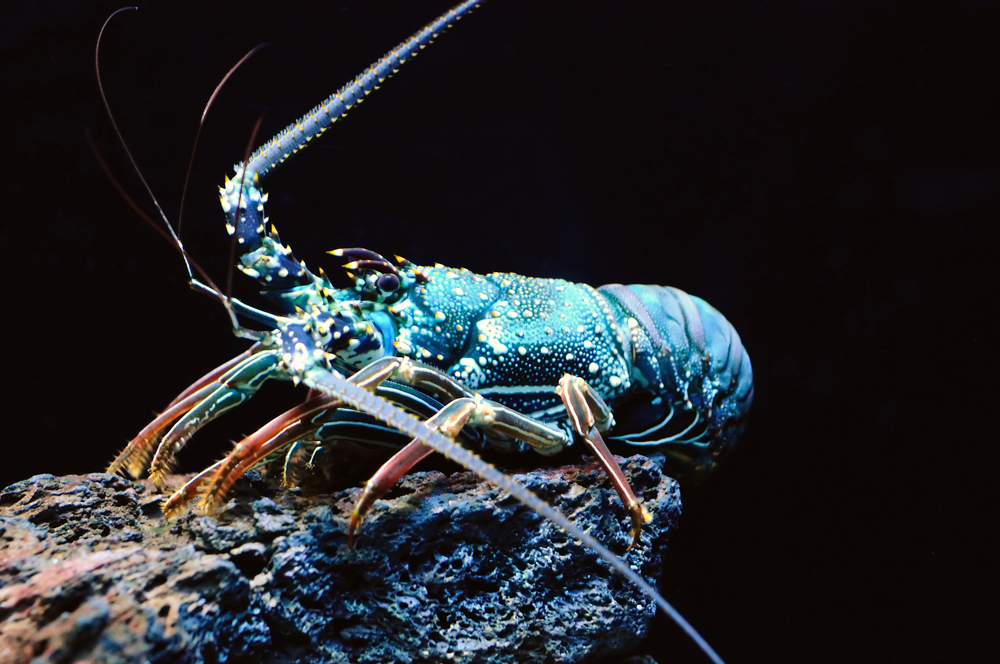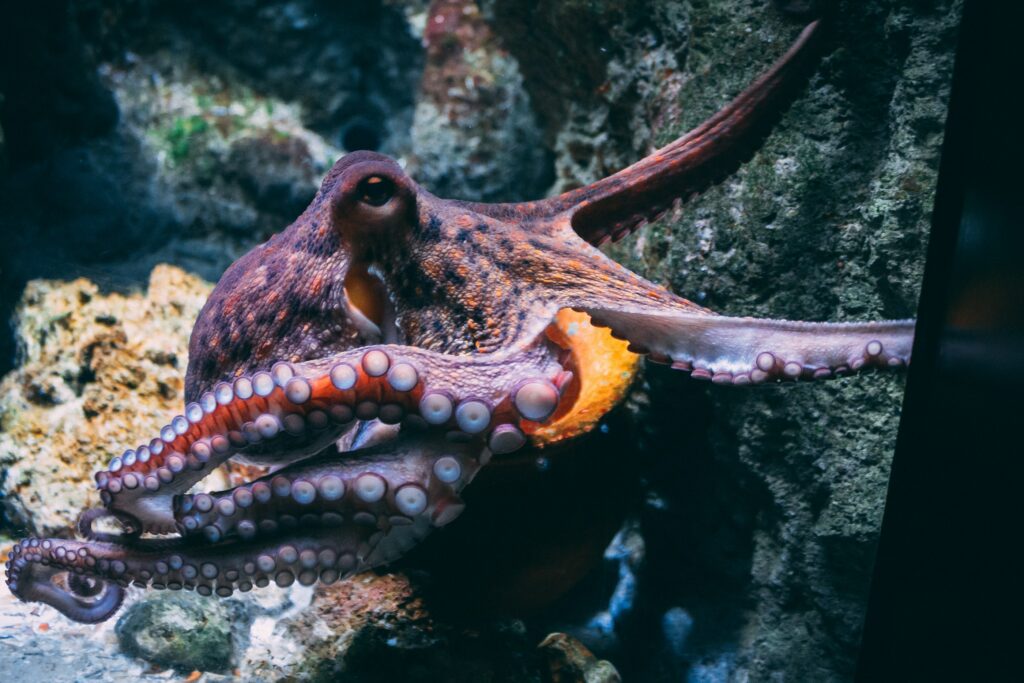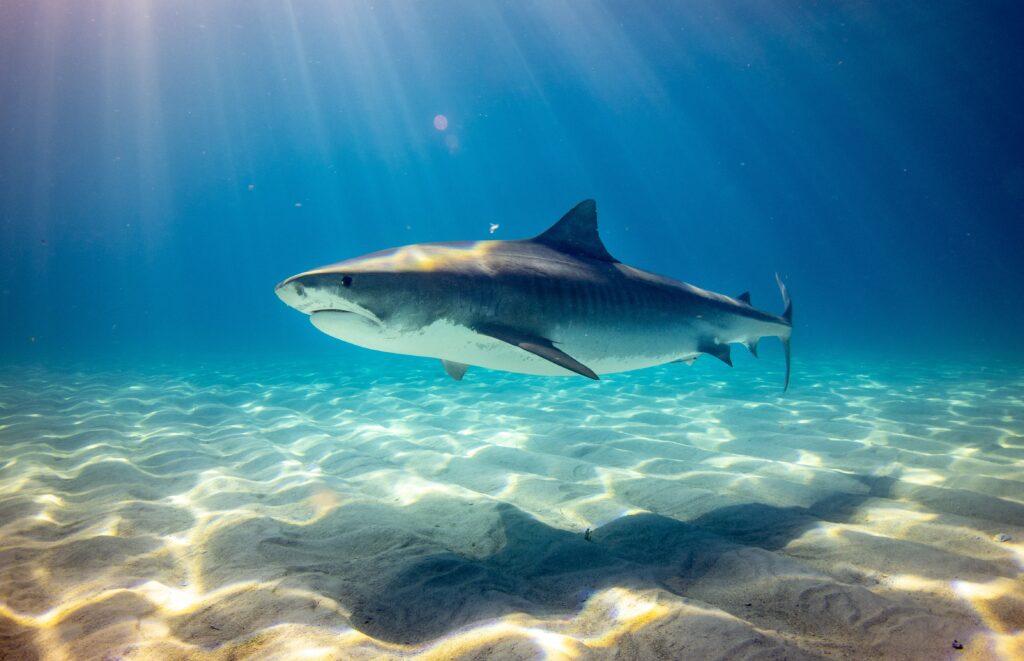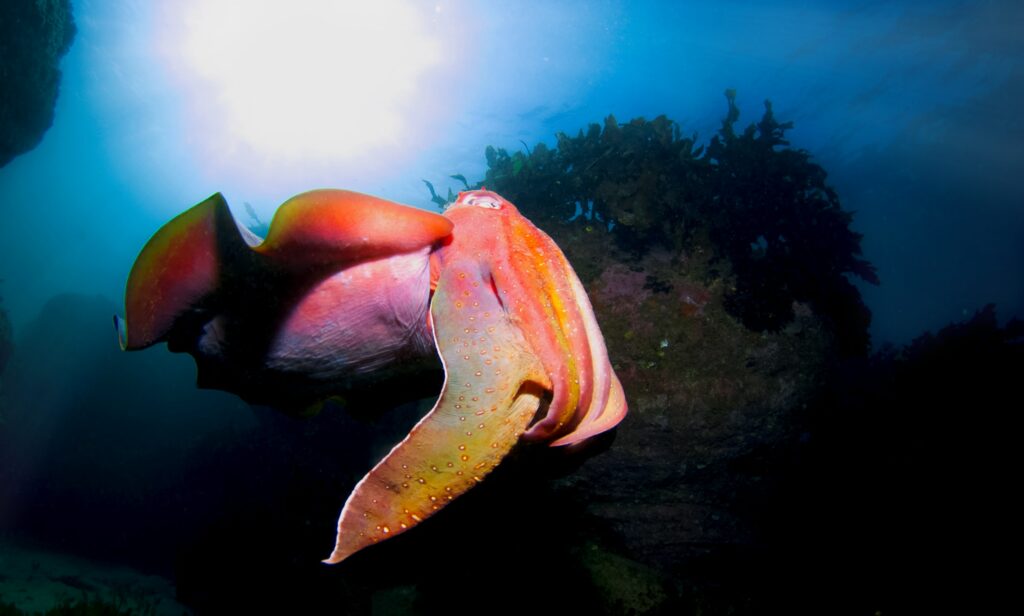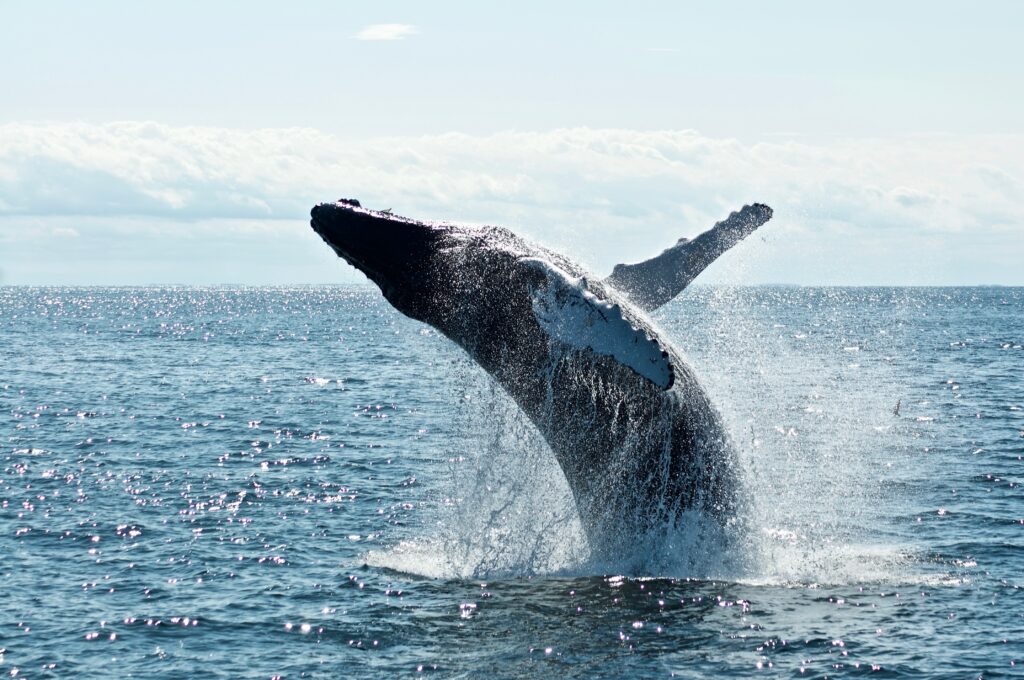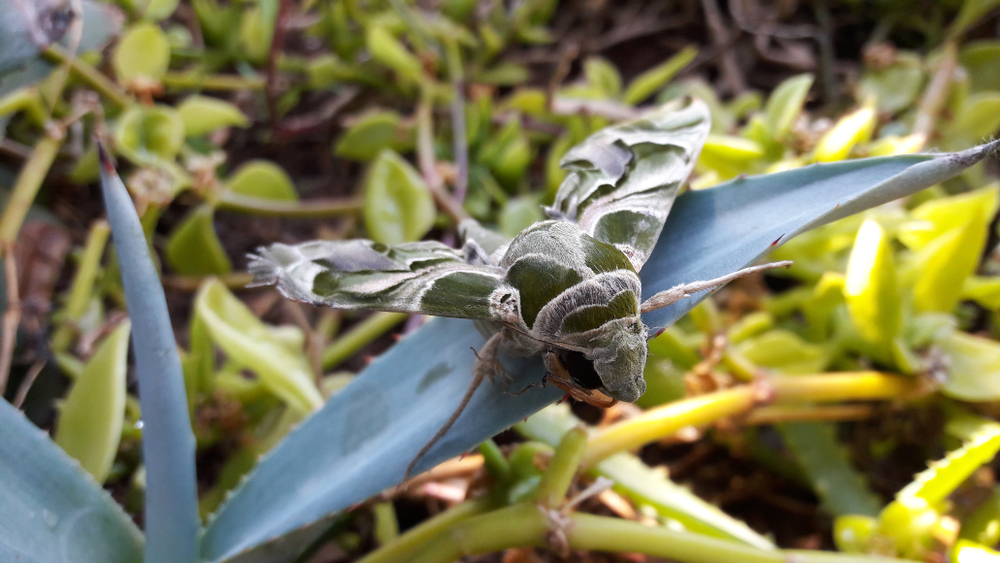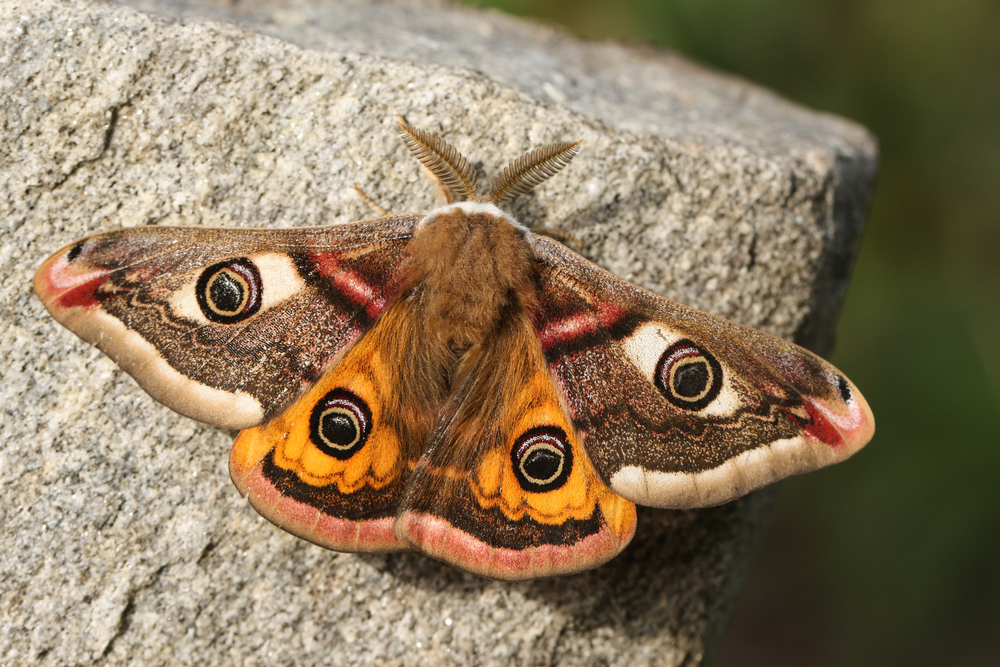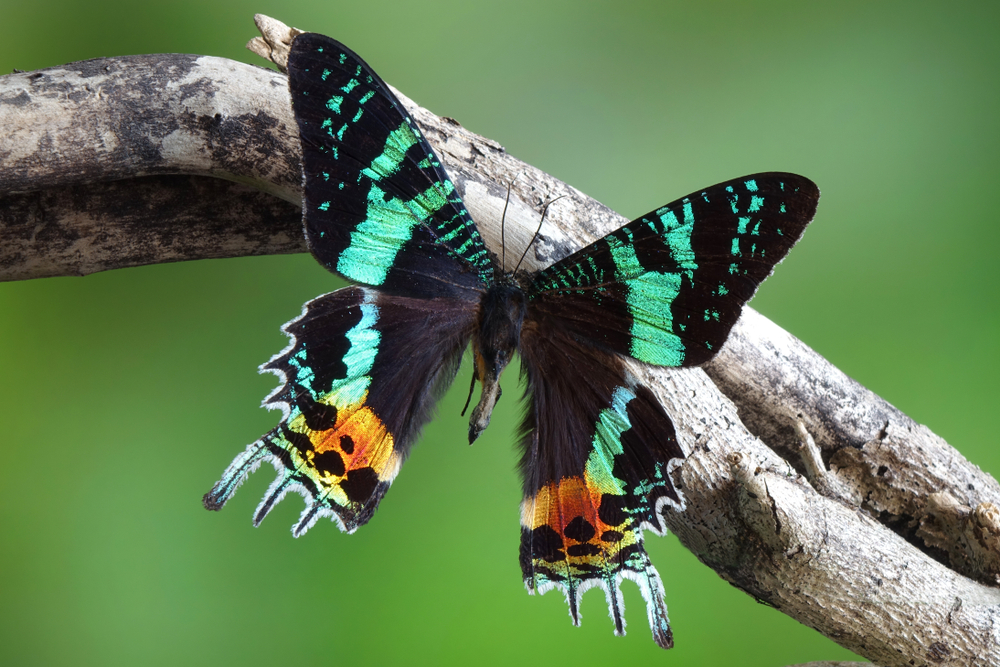The Oleander Hawk Moth (Daphnis nerii) belongs to the hawk-moth family (Sphingidae). Its closest relatives are other Daphnis species, such as the Vine Hawk Moth (Daphnis nerii’s close cousin, Daphnis nerii thersites), which share similar camouflage patterns and feeding habits.
About
The Oleander Hawk Moth (Daphnis nerii) is a large, striking moth known for its vivid camouflage-like wing patterns. Belonging to the family Sphingidae, it is widespread across Africa, Asia, and parts of Europe, particularly in warm regions where its host plants thrive. With a wingspan of 90 to 130 millimeters (3.5 to 5 inches), it is one of the more impressive hawk moths, instantly recognizable by its green, pink, and brown mottled wings that resemble dense foliage. This remarkable appearance helps it remain hidden from predators during the day.
Adults are powerful fliers, often migrating seasonally, and are most active at dusk and night. They feed on nectar from fragrant flowers such as jasmine, honeysuckle, and petunias, using a long proboscis to access deep blooms. Despite their large size, their flight is graceful, sometimes even mistaken for small birds in motion.
The species takes its name from the oleander plant, one of its primary larval hosts, though the caterpillars also feed on periwinkle and other plants in the Apocynaceae family. The larvae are bright green with white diagonal stripes and distinctive eye-like spots on the thorax, which serve to deter predators. Before pupation, they often turn brown and burrow into soil or leaf litter to spin a protective cocoon.
Widely distributed, the Oleander Hawk Moth is not considered threatened and adapts well to urban and garden environments, making it one of the most commonly encountered large moths in its range. Its beauty and size have also made it a favorite among moth enthusiasts and photographers.
Physical Characteristics
The Oleander Hawk Moth (Daphnis nerii), also called the Army Green Moth, is one of the most striking hawk-moths (family Sphingidae), admired for its camouflage-like wing patterns and large size.
Wings: With a wingspan of 3.5 to 5 in (9 to 13 cm), it is among the larger hawk-moths. Its forewings are olive green patterned with patches of light green, cream, and sometimes pink, giving it a leaf-like, camouflaged appearance. The hindwings are darker, often brown or gray, with pinkish streaks.
Body: The body is robust and spindle-shaped, covered in olive-green scales that match the forewings. A pale dorsal line runs along the thorax and abdomen, helping break up its outline.
Antennae: The antennae are short, curved, and slightly thickened, typical of hawk-moths, aiding in navigation and sensing their environment.
Proboscis: Equipped with a long, coiled proboscis, the Oleander Hawk Moth can reach deep into tubular flowers, feeding while hovering in place, much like a hummingbird.
Caterpillars: The larvae are large and bright green with diagonal white stripes, false eye spots near the head, and a distinctive curved tail horn. As they mature, they sometimes turn brown before pupation.
The Oleander Hawk Moth’s size, camouflage-patterned wings, and strong hovering flight make it one of the most spectacular and recognizable moths in the world.
Reproduction
The Oleander Hawk Moth (Daphnis nerii) follows a reproductive cycle typical of hawk-moths but is strongly tied to warm climates and the growth of its host plants.
Mating and Courtship: Adults are most active at dusk and during the night. Males locate females by following pheromone trails. Courtship is brief, and copulation occurs soon after pairing.
Egg Laying: After mating, females deposit eggs singly on the leaves of host plants, primarily oleander (Nerium oleander), but also on periwinkle (Catharanthus), desert rose (Adenium), and other members of the dogbane family (Apocynaceae). Eggs are small, round, and pale green.
Larval Development: Eggs hatch within 4 to 10 days. The caterpillars begin small and green but soon develop bright green coloration with diagonal white stripes, false eye spots on the thorax, and a curved tail horn. In later instars, some turn brown, especially before pupation.
Pupation: Mature larvae burrow into soil or leaf litter, forming a loose cocoon where pupation occurs. The pupa is brown and camouflaged, protecting it from predators.
Adult Emergence: In warm regions, adults emerge within 2 to 3 weeks, allowing multiple generations per year. In cooler areas, the pupal stage may overwinter before adults emerge in spring.
The Oleander Hawk Moth’s reproduction is highly successful due to its rapid development and multiple annual broods in tropical and subtropical climates, helping sustain its widespread range.
Lifespan
The Oleander Hawk Moth (Daphnis nerii) has a life cycle shaped by warm climates, migratory habits, and its ability to reproduce multiple times a year.
Egg Stage: Eggs hatch in about 4 to 10 days, depending on temperature and humidity.
Larval Stage: The caterpillar stage lasts around 3 to 4 weeks. During this time, larvae feed heavily on oleander and related host plants, storing energy for pupation.
Pupal Stage: Pupation typically lasts 2 to 3 weeks in warm climates. In cooler conditions, the pupae may overwinter, delaying adult emergence until the following spring.
Adult Stage: Adults live for 10 to 30 days. Unlike many moths, they are active nectar feeders throughout this stage, which sustains their strong flying ability and migration. Their main purpose is reproduction, though their feeding ensures they remain active and visible for weeks.
Overall Life Cycle: The full cycle—from egg to adult—lasts 6 to 8 weeks. In tropical and subtropical regions, they can produce several generations per year, while in cooler climates, only one or two generations may occur.
The Oleander Hawk Moth’s relatively short adult life is balanced by multiple broods and its wide distribution, ensuring it remains one of the most successful and recognizable hawk-moths.
Eating Habits
The Oleander Hawk Moth (Daphnis nerii) shows very different feeding behaviors between its larval and adult stages, each critical to its survival.
Larvae (Caterpillars): Caterpillars are herbivores that feed mainly on oleander (Nerium oleander), but also on periwinkle (Catharanthus), desert rose (Adenium), and other plants in the dogbane family (Apocynaceae). These plants contain toxic compounds, but the larvae tolerate them, gaining some protection from predators. Their constant feeding supports rapid growth before pupation.
Pupae: During pupation, no feeding occurs. Energy reserves stored during the larval stage sustain the moth through metamorphosis.
Adults: Adults are strong fliers and active nectar feeders. Using their long, coiled proboscis, they hover in front of flowers and sip nectar much like hummingbirds. They favor tubular, fragrant, and night-blooming flowers such as jasmine, honeysuckle, and petunias. Nectar feeding fuels their long-distance migrations and energy-demanding mating flights.
Ecological Role: As adults, Oleander Hawk Moths act as important pollinators, especially for deep-throated flowers that few other insects can reach. Their role extends across Africa, Asia, and southern Europe, where they visit both wildflowers and cultivated plants.
The Oleander Hawk Moth’s reliance on toxic host plants in its larval stage and nectar feeding in its adult stage highlight its dual role as both a defended herbivore and a vital pollinator.
Uniqueness
The Oleander Hawk Moth (Daphnis nerii) is one of the most remarkable hawk-moths in the world, admired for its size, striking camouflage, and wide-ranging habits.
Army Green Camouflage: Its olive-green forewings patterned with cream and pink patches give it a leaf-like appearance, providing exceptional camouflage against foliage. This pattern also earns it the name “Army Green Moth.”
Large Size and Power: With a wingspan of up to 5 in (13 cm), it is one of the largest hawk-moths. Its powerful, fast flight allows it to travel long distances and even migrate seasonally.
Hover-Feeding Ability: Much like hummingbirds, it hovers in front of flowers while feeding on nectar with its long proboscis. This makes it a strong and efficient pollinator of deep-tubed flowers.
Toxic Plant Specialist: Its larvae feed on oleander and other Apocynaceae plants that contain toxic compounds. While poisonous to many animals, these plants provide both food and protection, as the toxins help deter predators.
Migratory Lifestyle: Unlike many moths with fixed ranges, the Oleander Hawk Moth is a migratory species, moving seasonally across Africa, Asia, and southern Europe. Populations expand northward in summer and retreat to warmer areas in winter.
Widespread Recognition: Its beauty and camouflage make it a favorite among moth enthusiasts, and it is often featured in art and nature photography as one of the most stunning examples of natural design.
The Oleander Hawk Moth’s blend of camouflage, size, migratory ability, and hummingbird-like feeding makes it one of the most unique and captivating moths in the hawk-moth family.
Be the First to Share Photos of This Species.
FAQ’s
1. What species is closest to the Oleander Hawk Moth?
2. How does the Oleander Hawk Moth compare to other species in the same family?
Compared to other hawk-moths, the Oleander Hawk Moth is larger than most, with a wingspan reaching up to 5 in (13 cm). While many hawk-moths are fast-flying nectar feeders, its green camouflage and wide migratory range make it one of the most distinctive members of the family.
3. What national parks provide the best opportunities to see an Oleander Hawk Moth?
They can be found in protected areas with abundant host and nectar plants. In Europe, sightings occur in Doñana National Park (Spain) and Zakynthos National Park (Greece). In Asia and Africa, places like Gir National Park (India) and Tsavo National Park (Kenya) offer strong chances of seeing them.
4. In what parts of the world can you find an Oleander Hawk Moth?
This species is widespread across Africa, Asia, and southern Europe. It is migratory, often moving northward in summer to central and eastern Europe, and southward in winter to warmer tropical regions.
5. How many types of Oleander Hawk Moth are there?
There is one recognized species, Daphnis nerii. However, it belongs to the large Sphingidae family, which contains over 1,400 species worldwide. Many of these share similar strong flight, hovering nectar-feeding, and distinctive camouflage.
